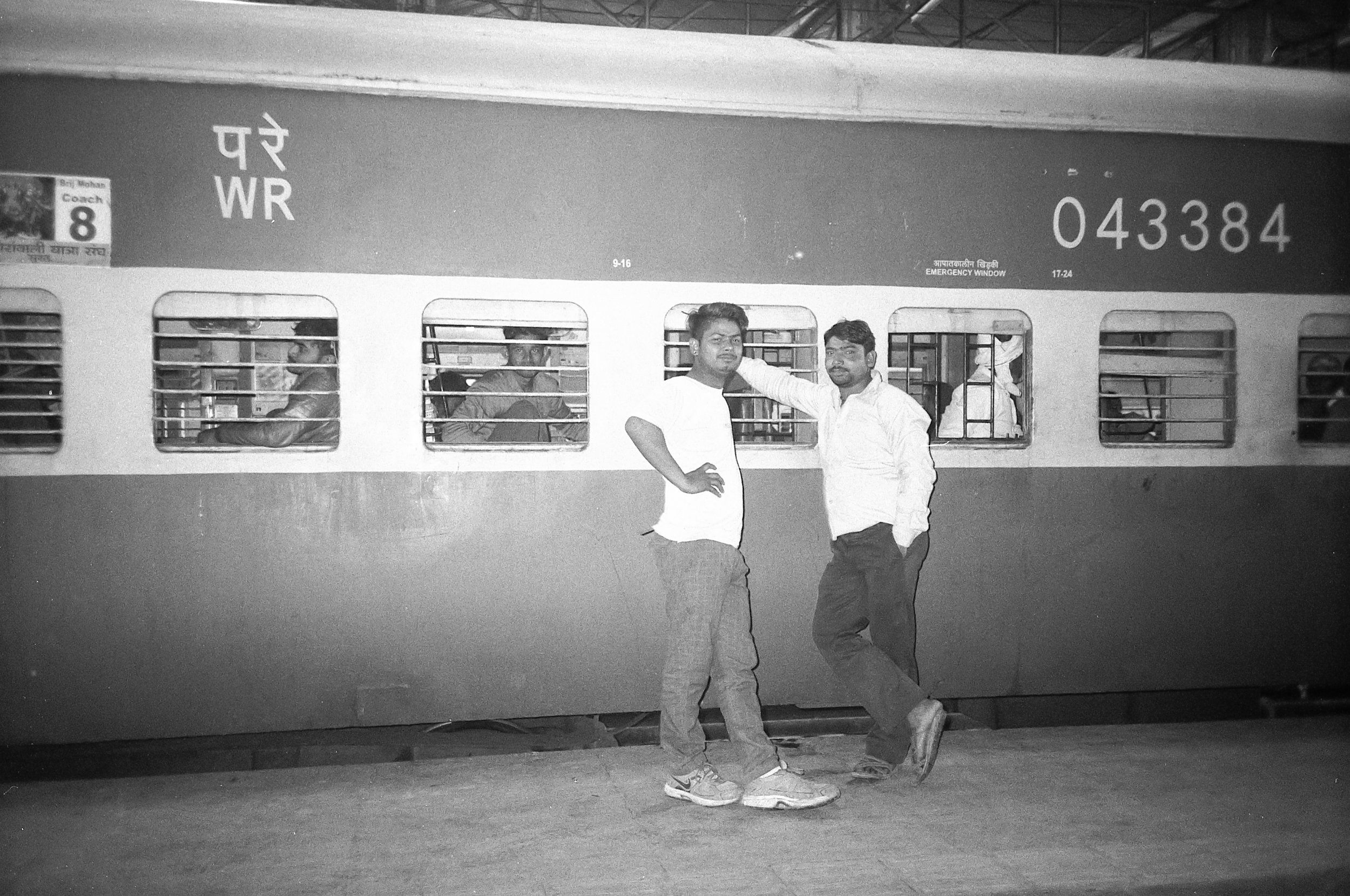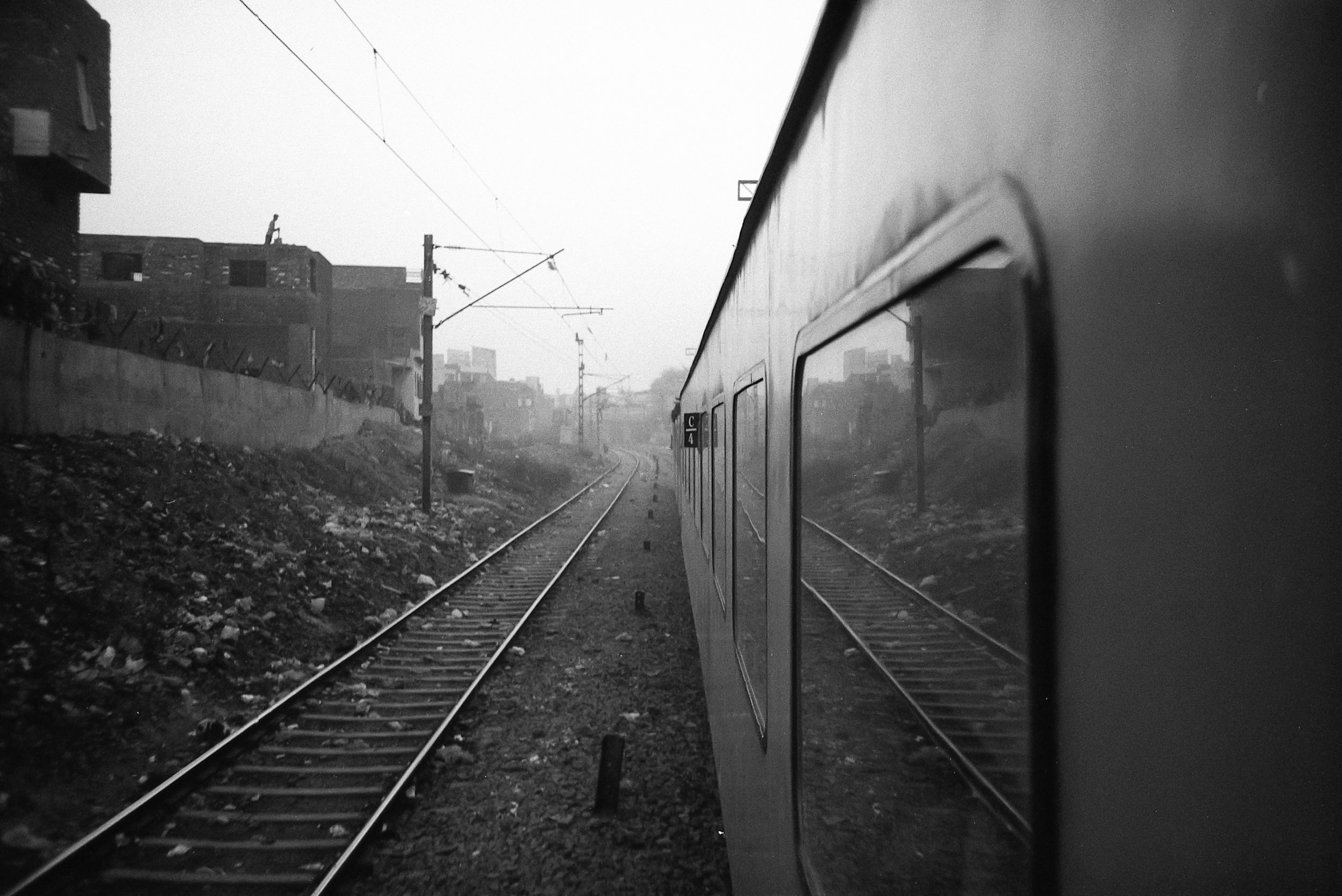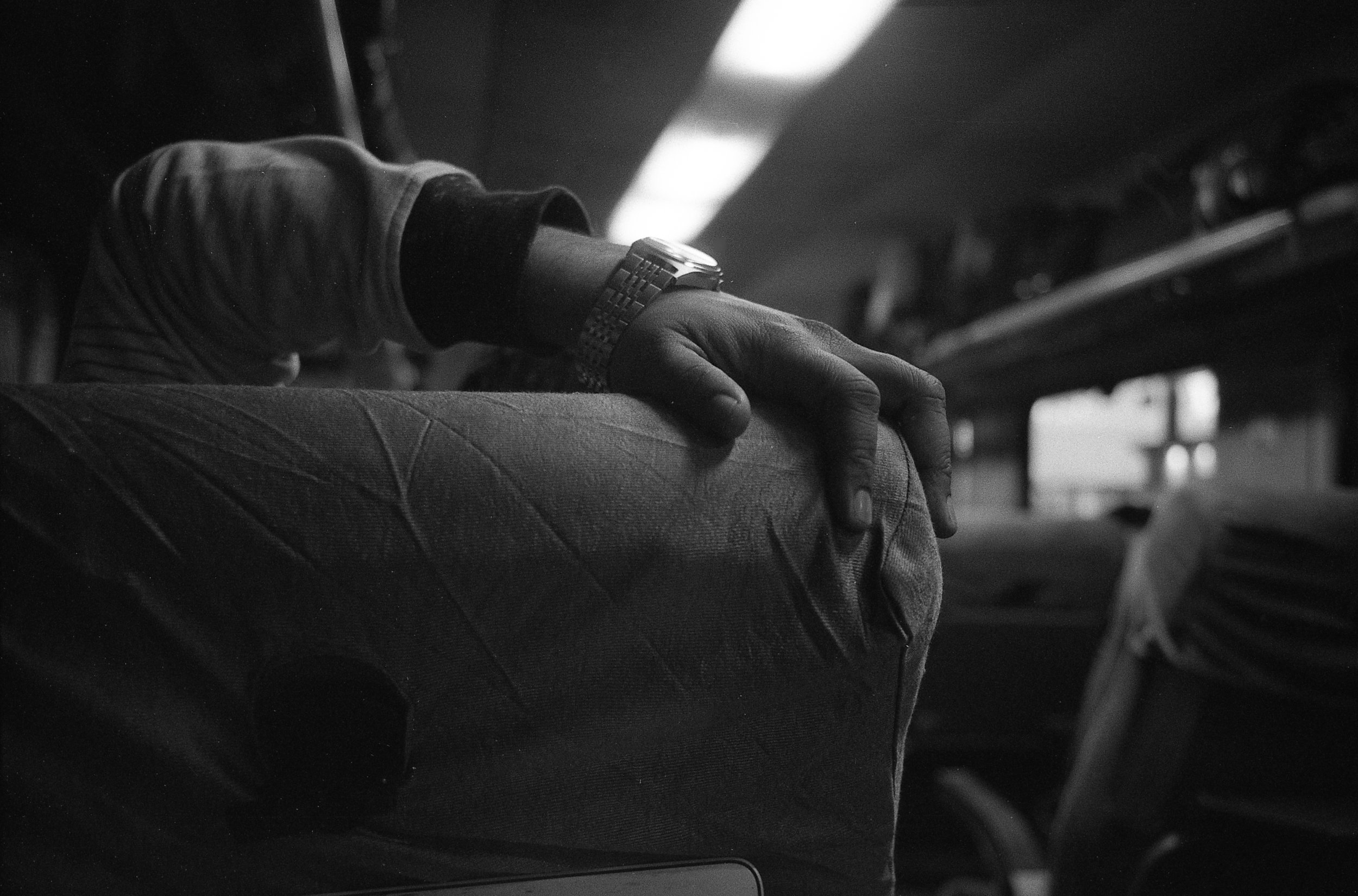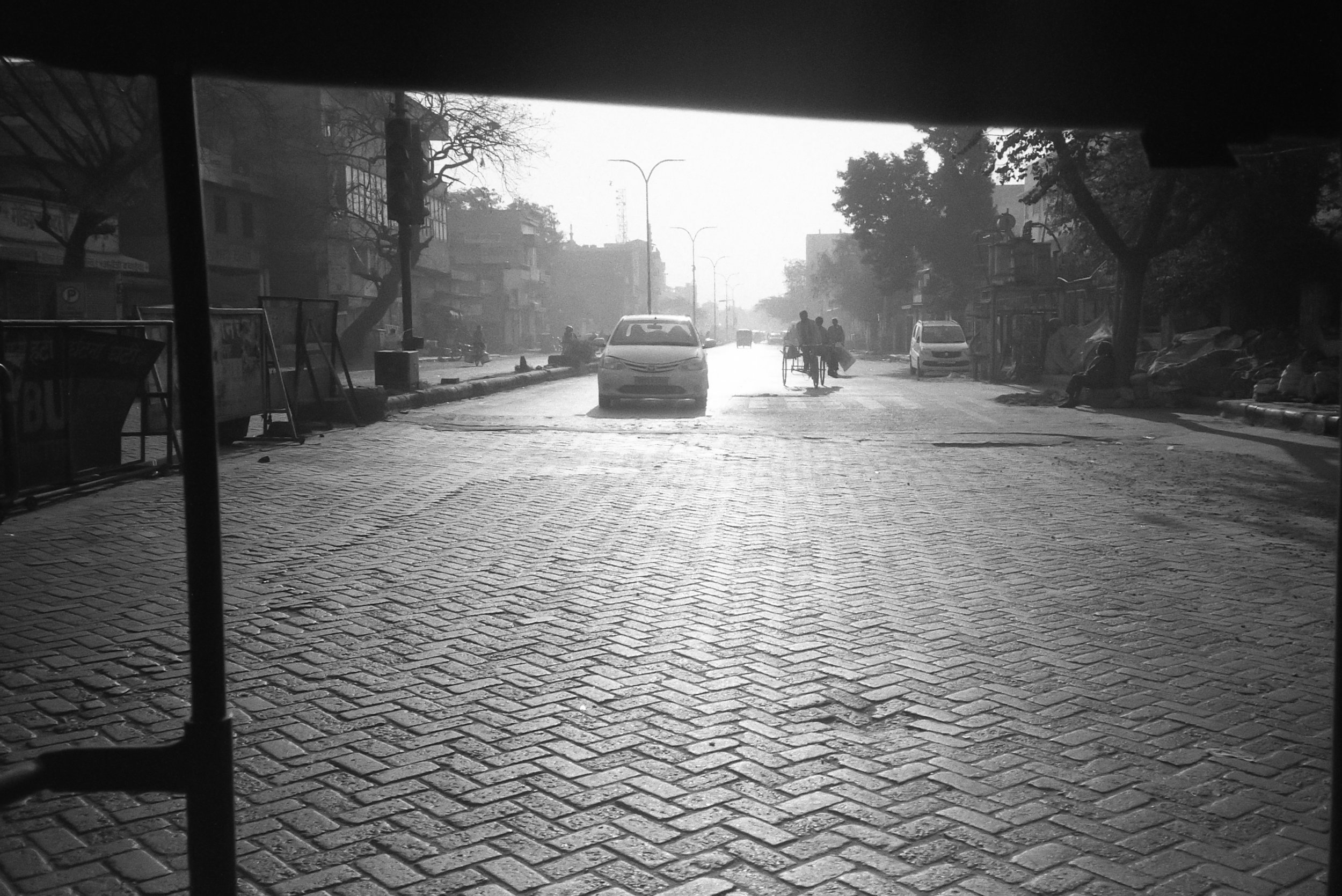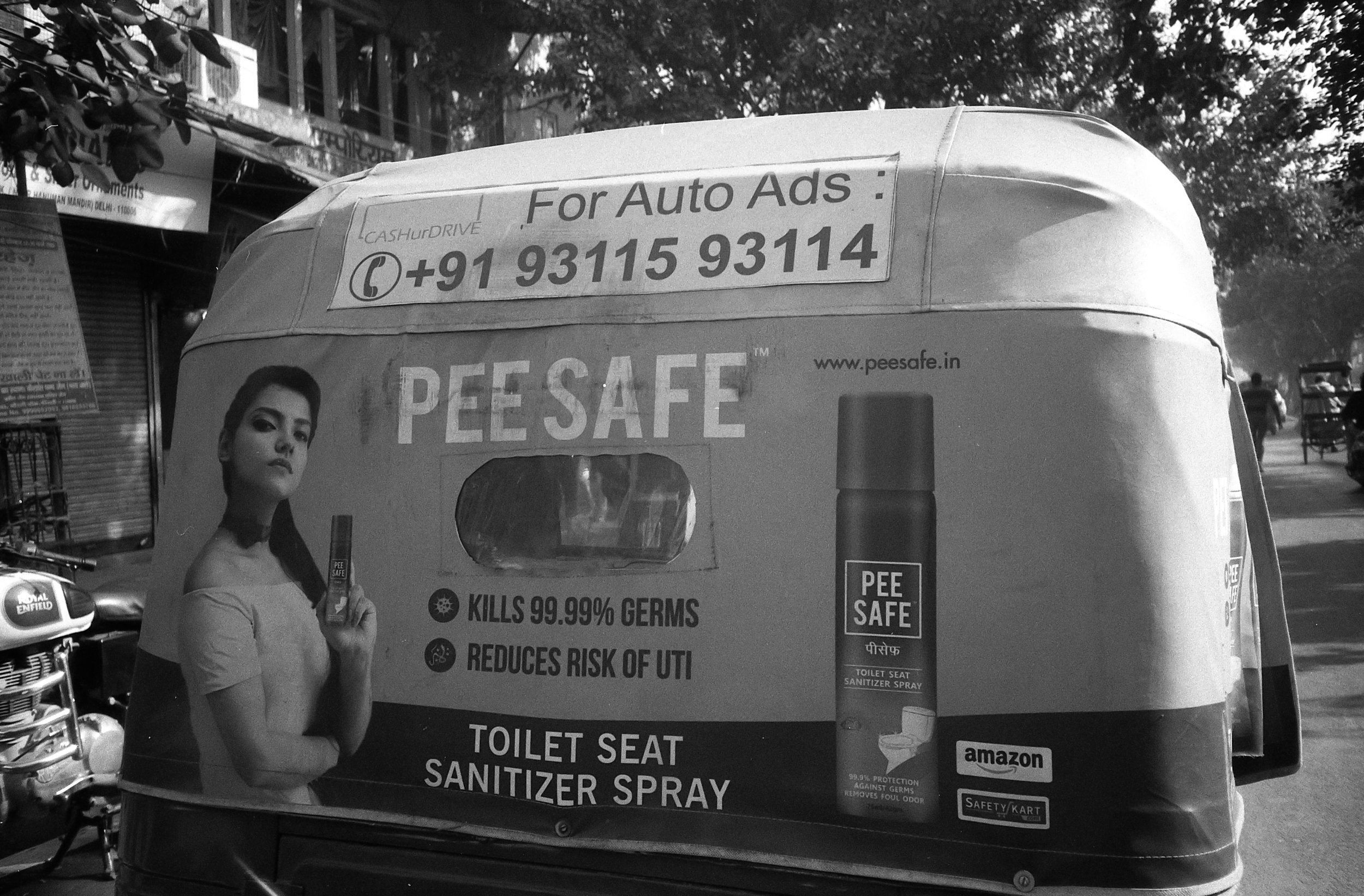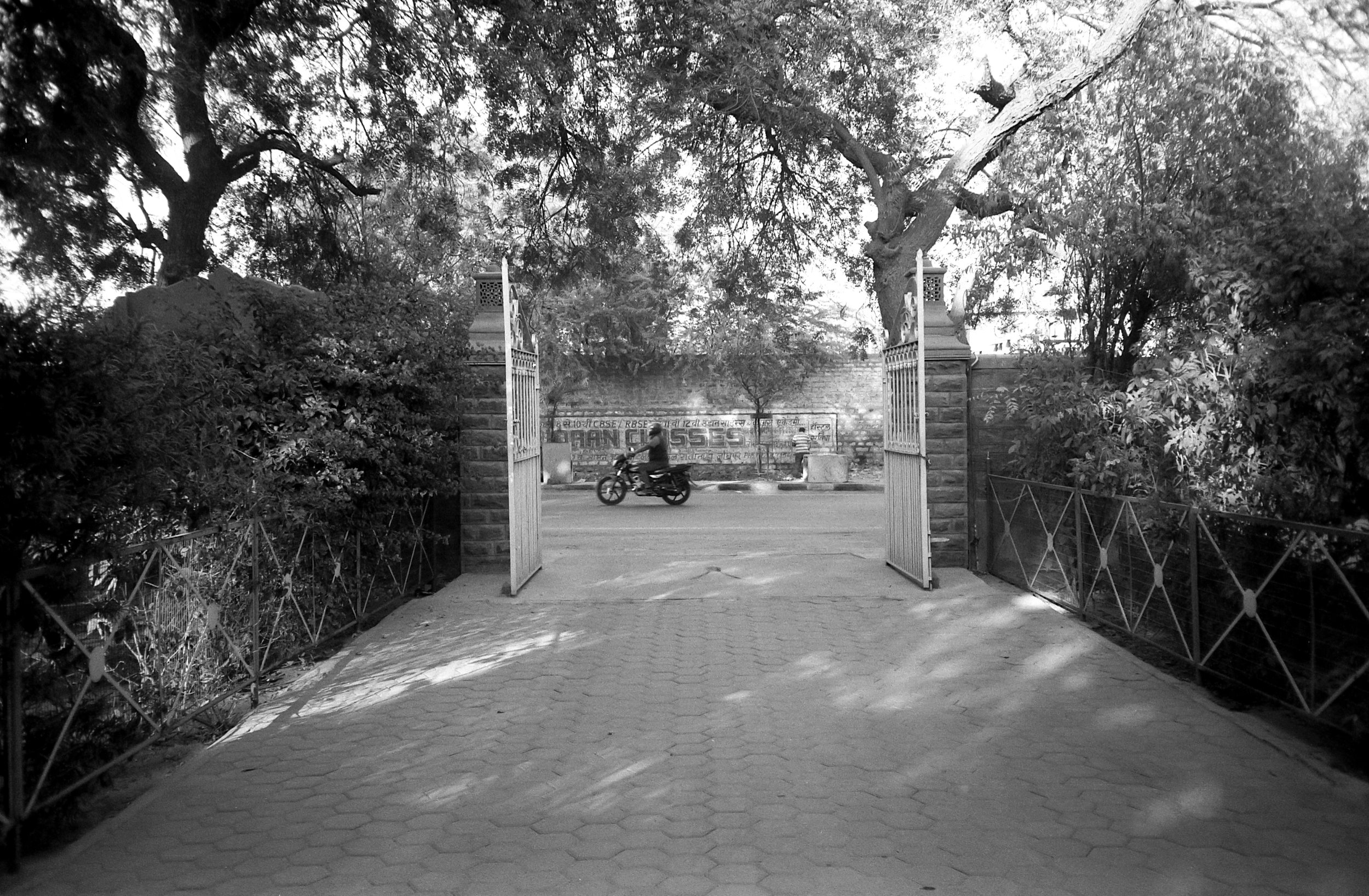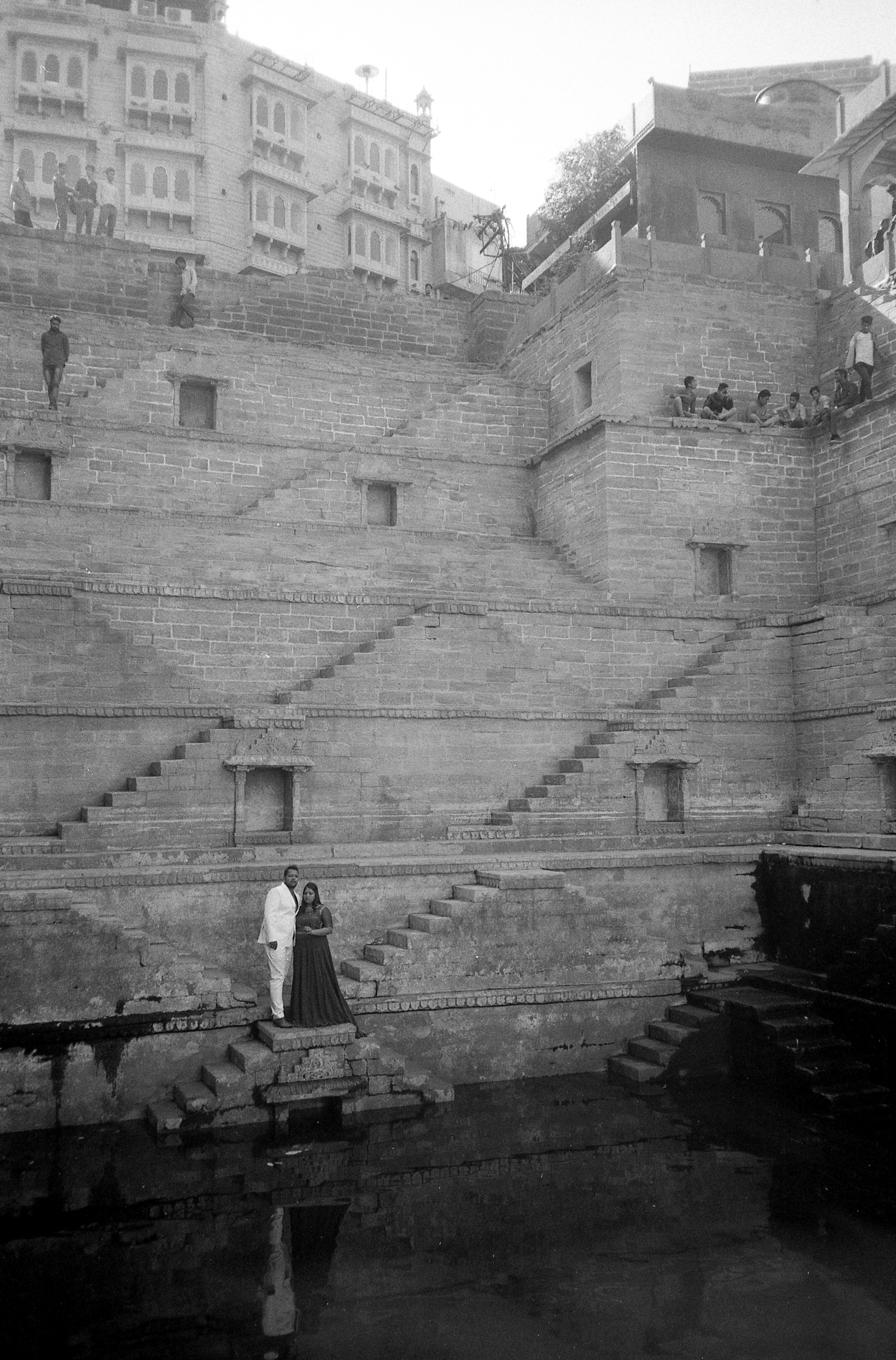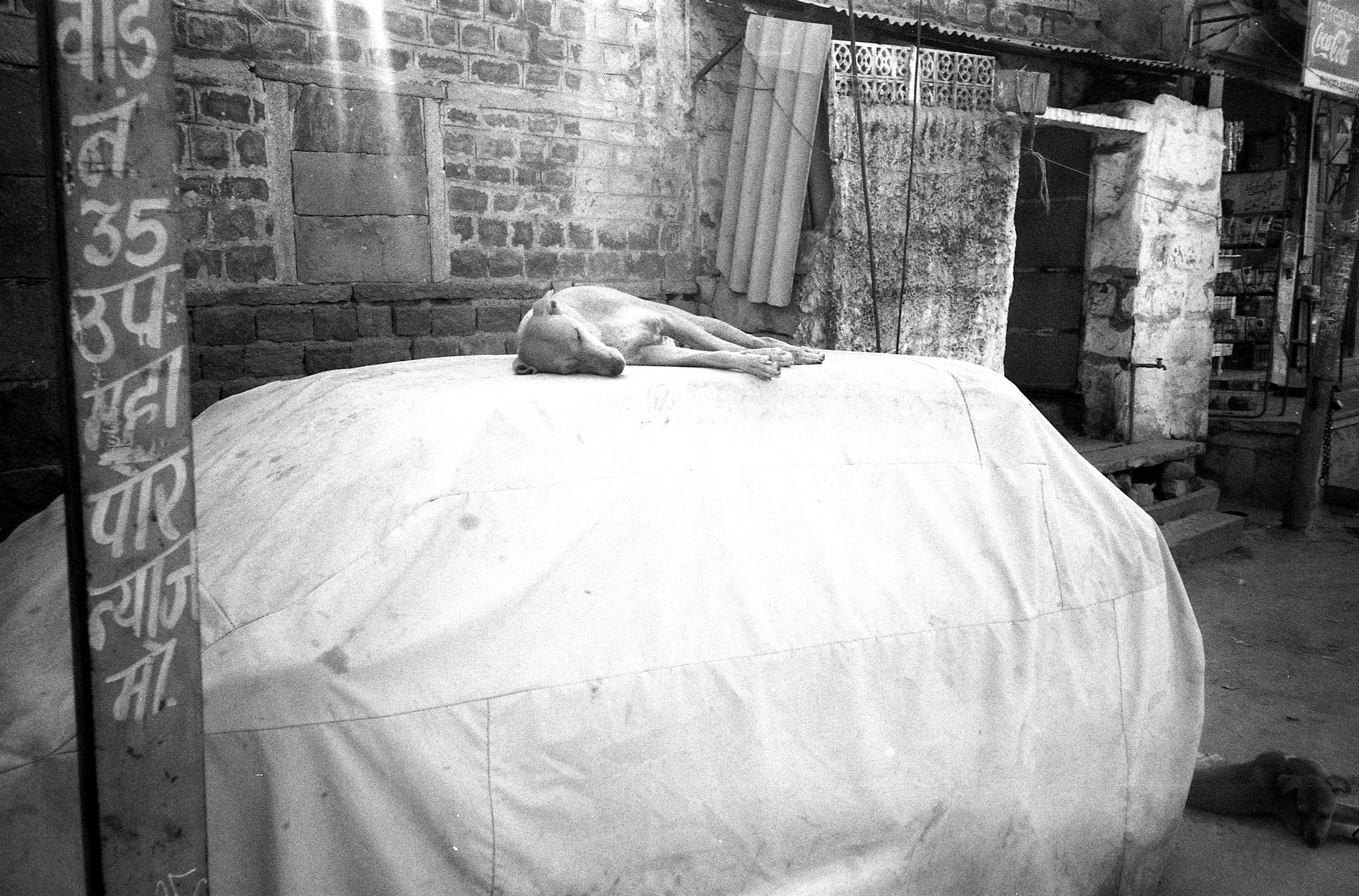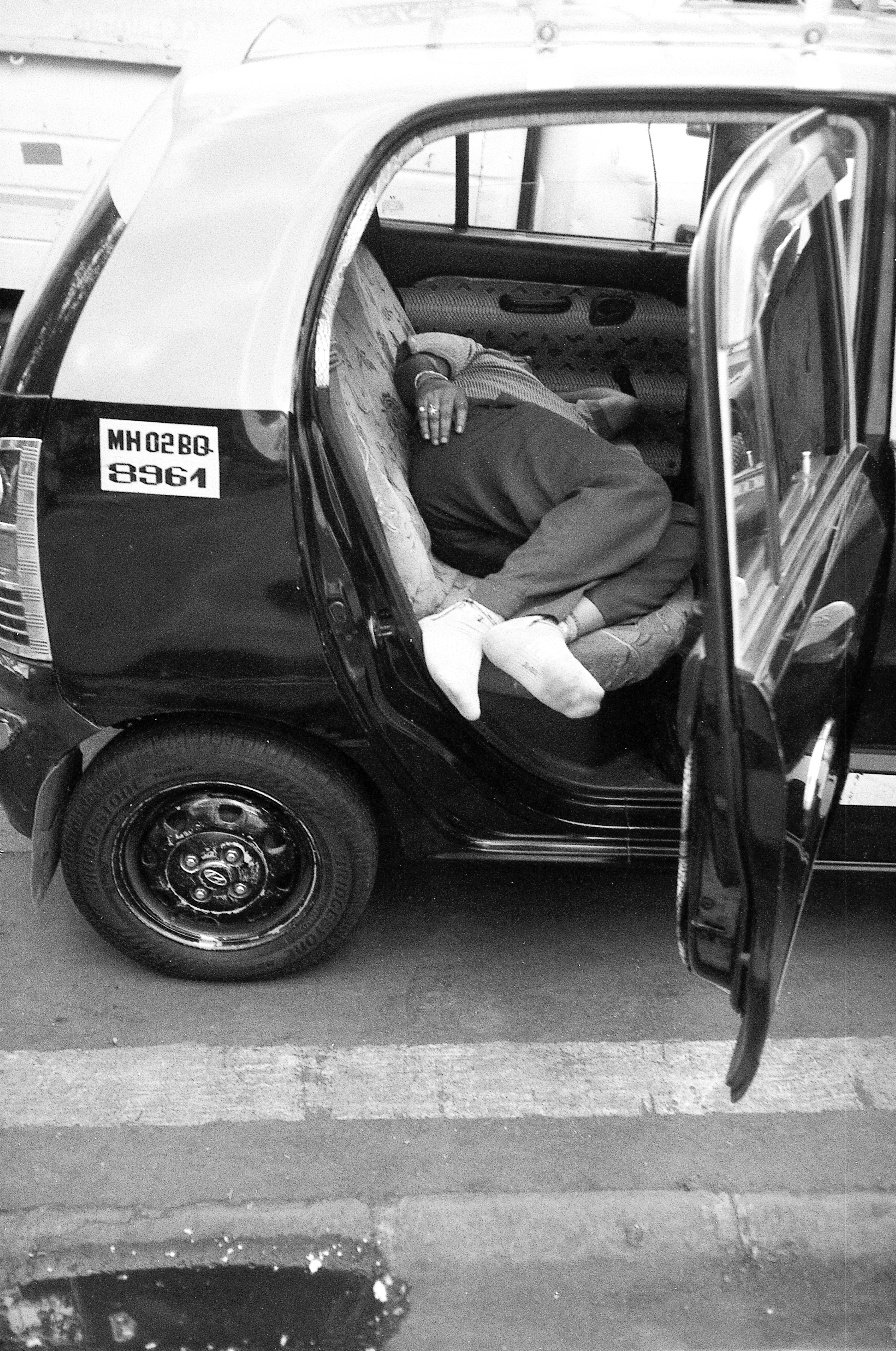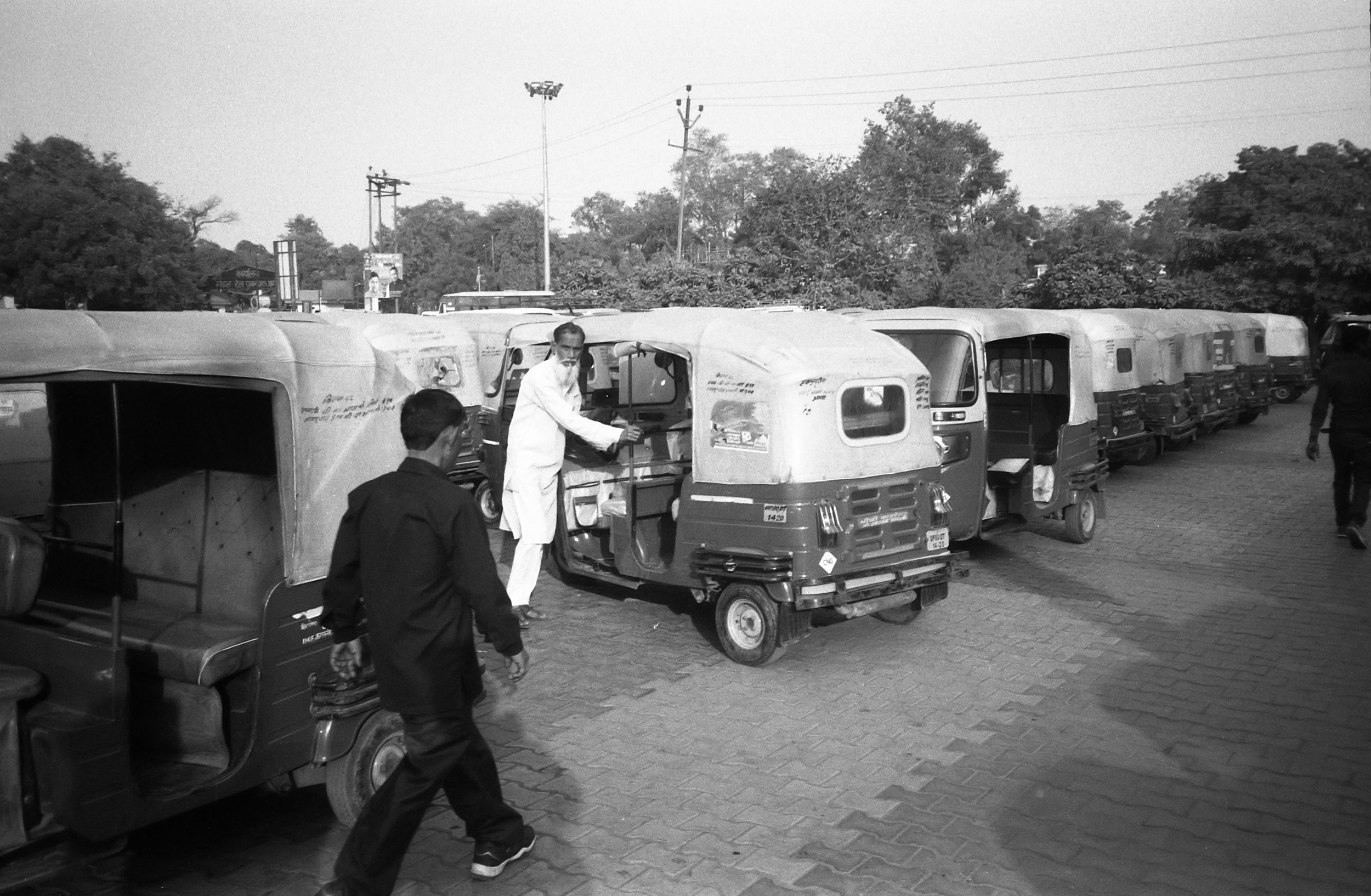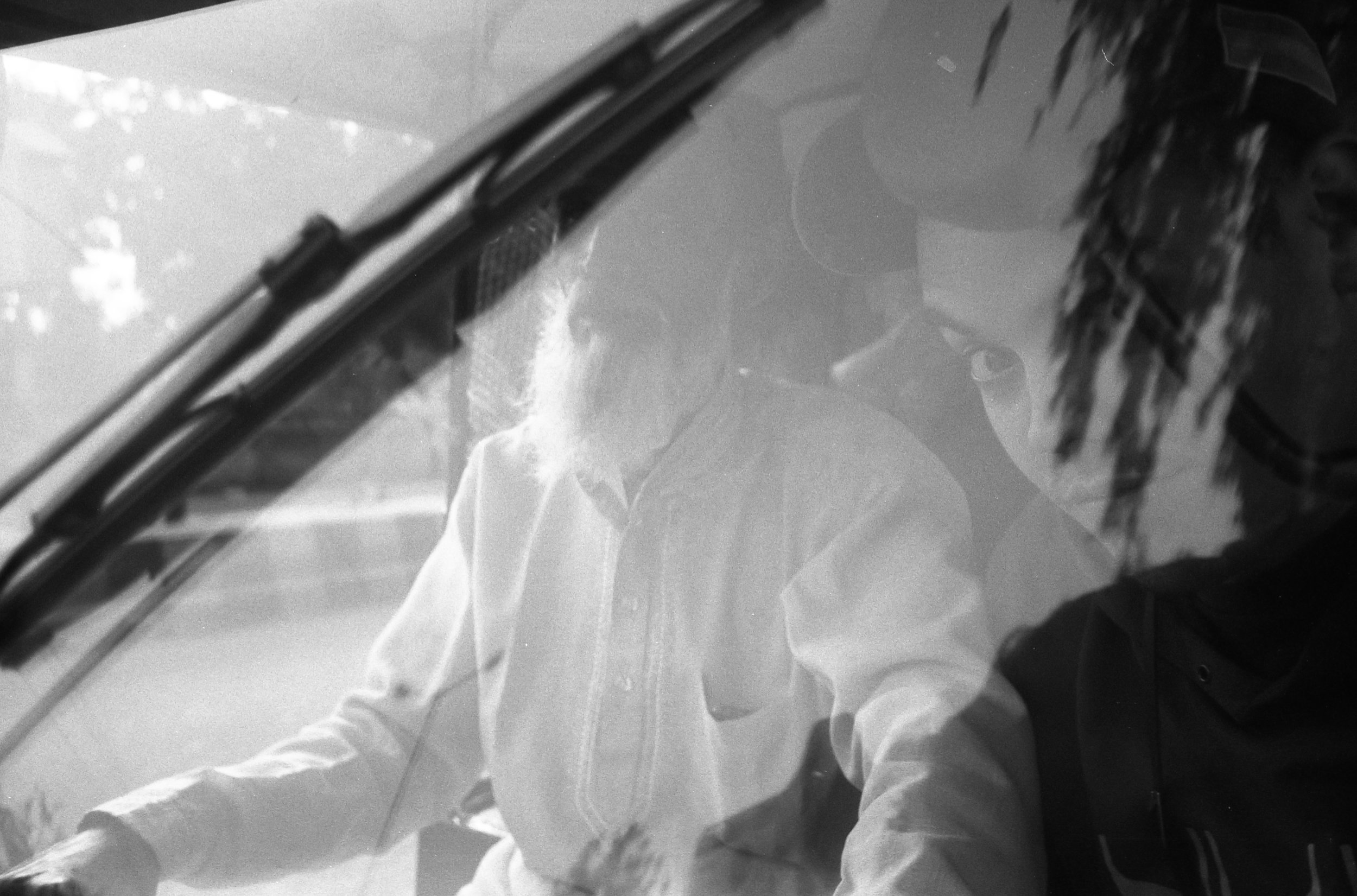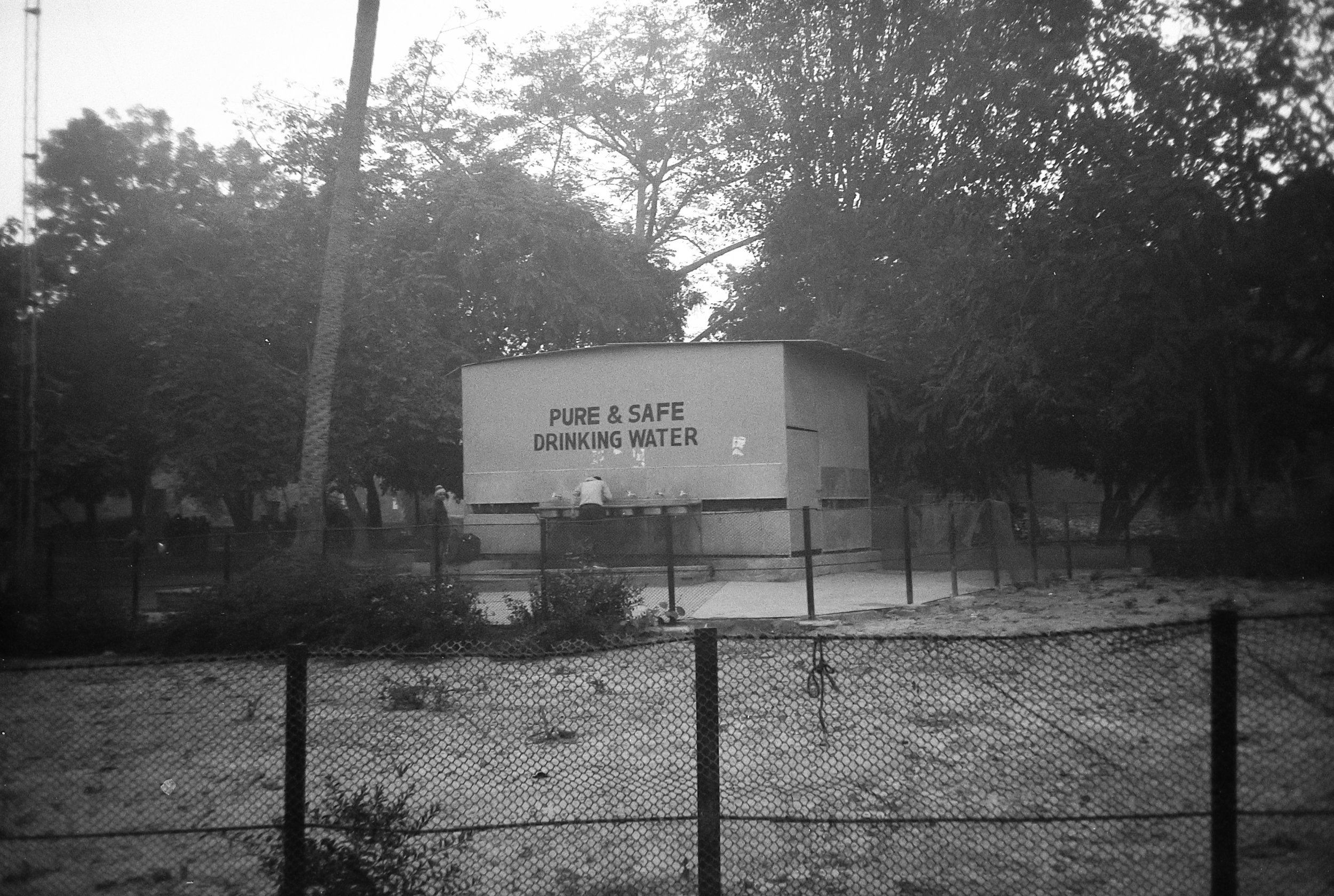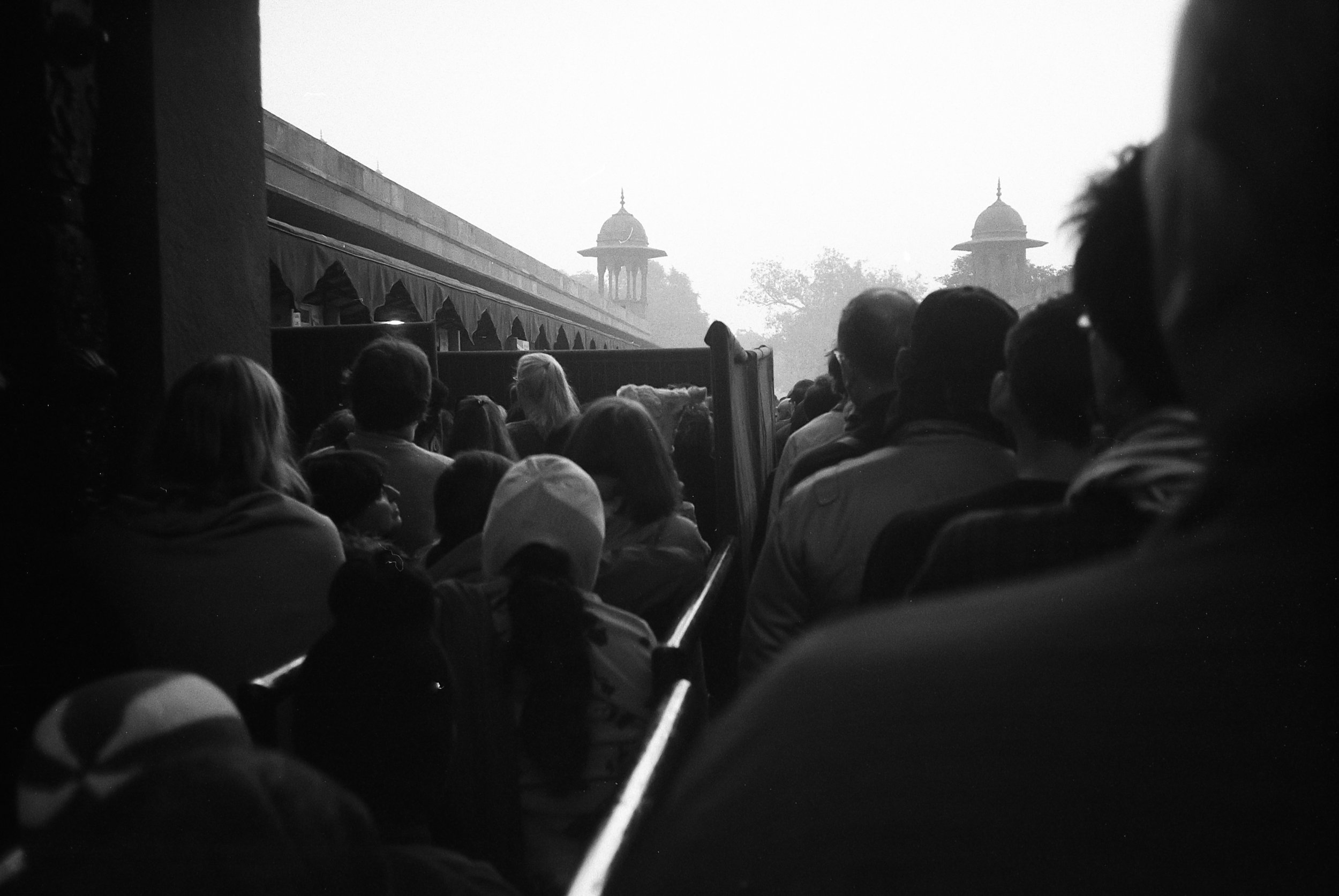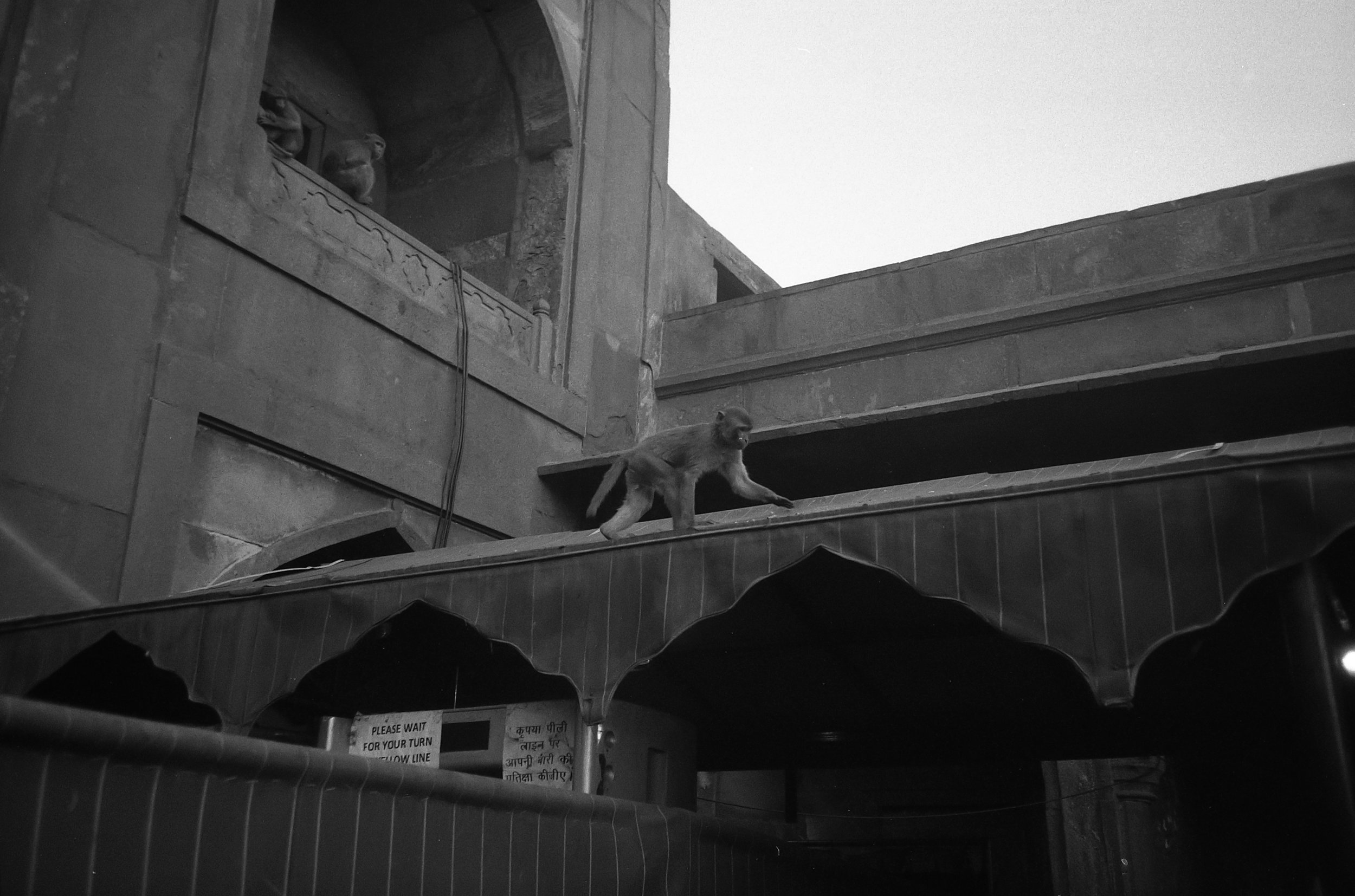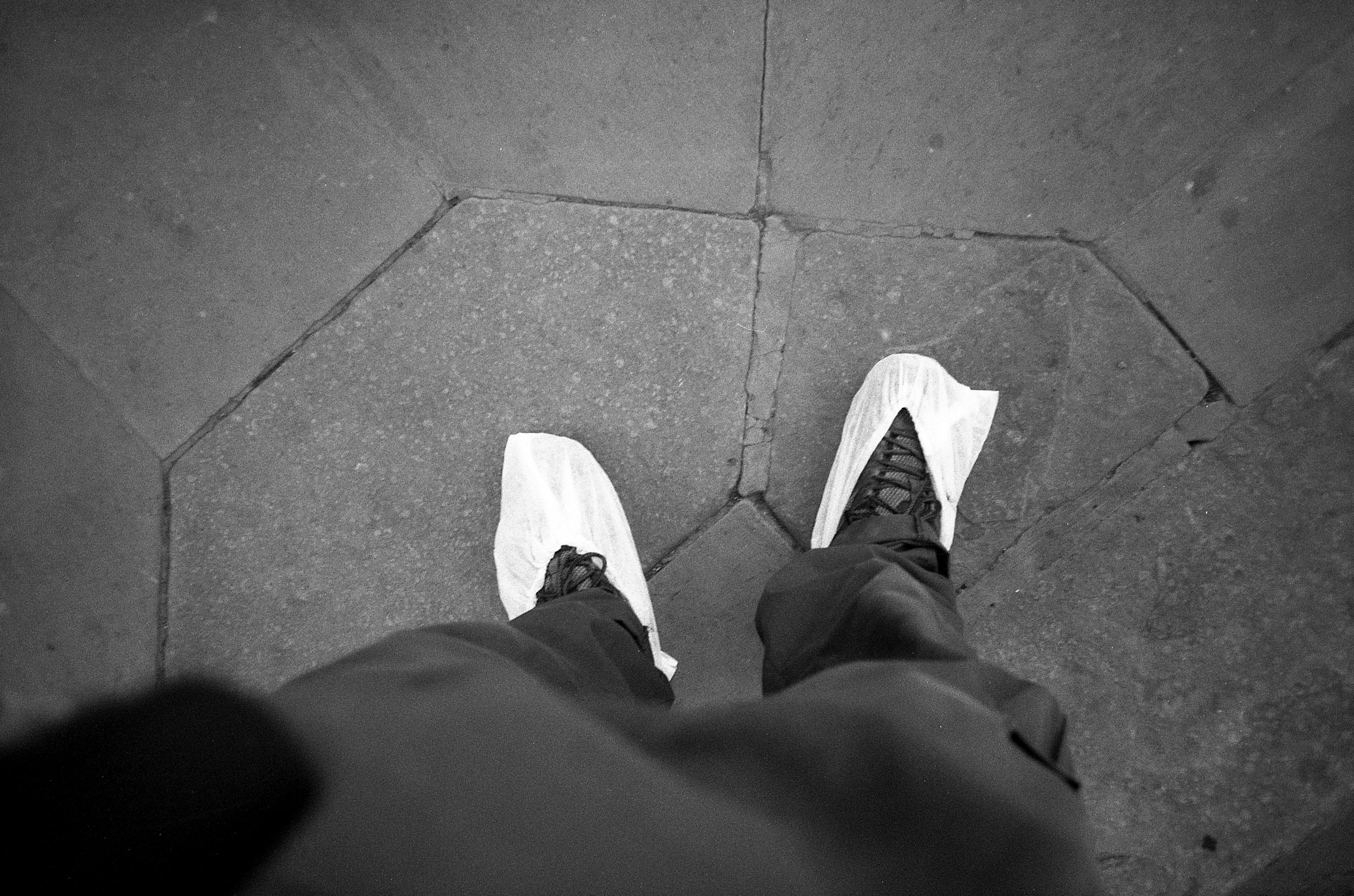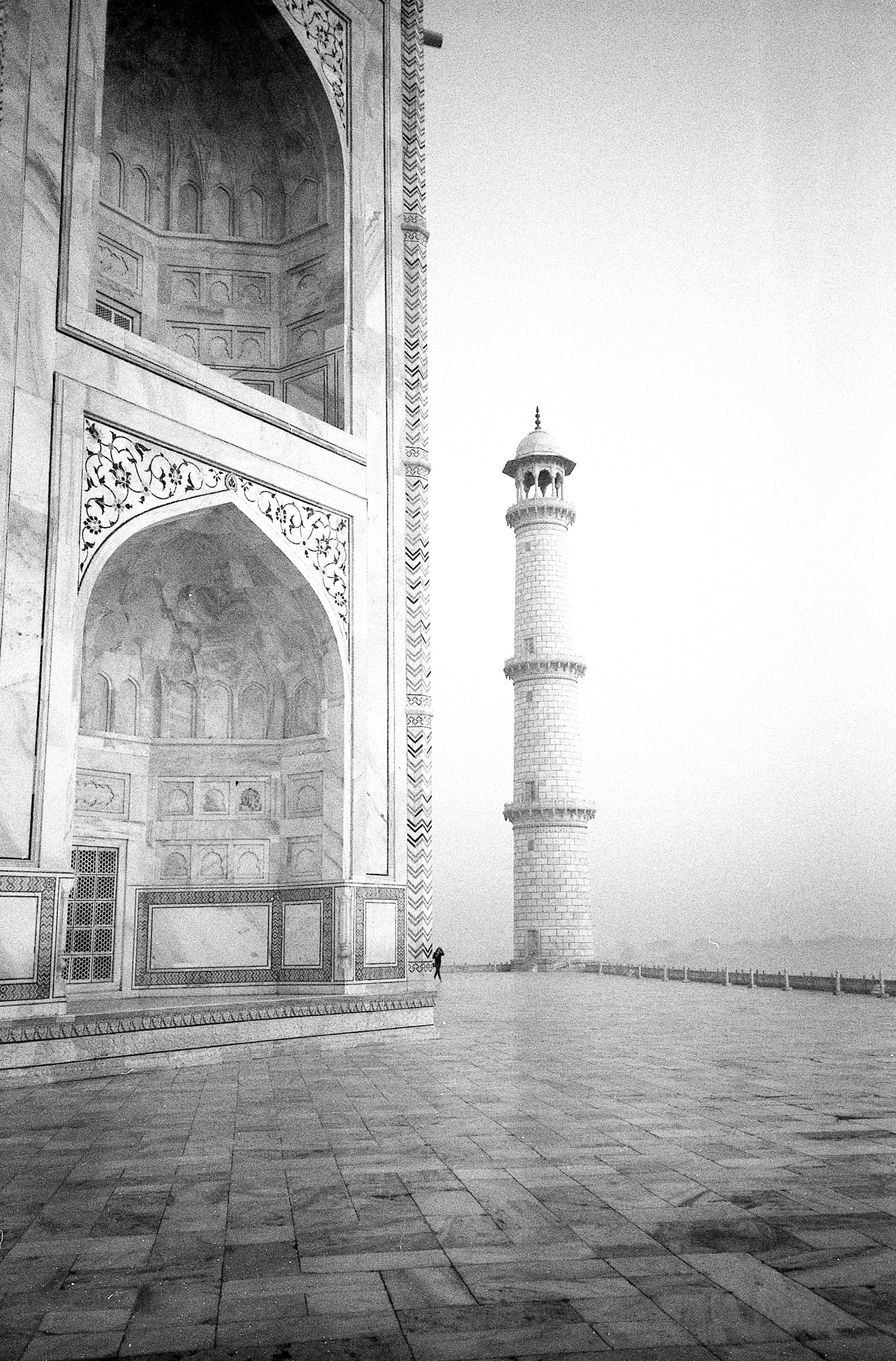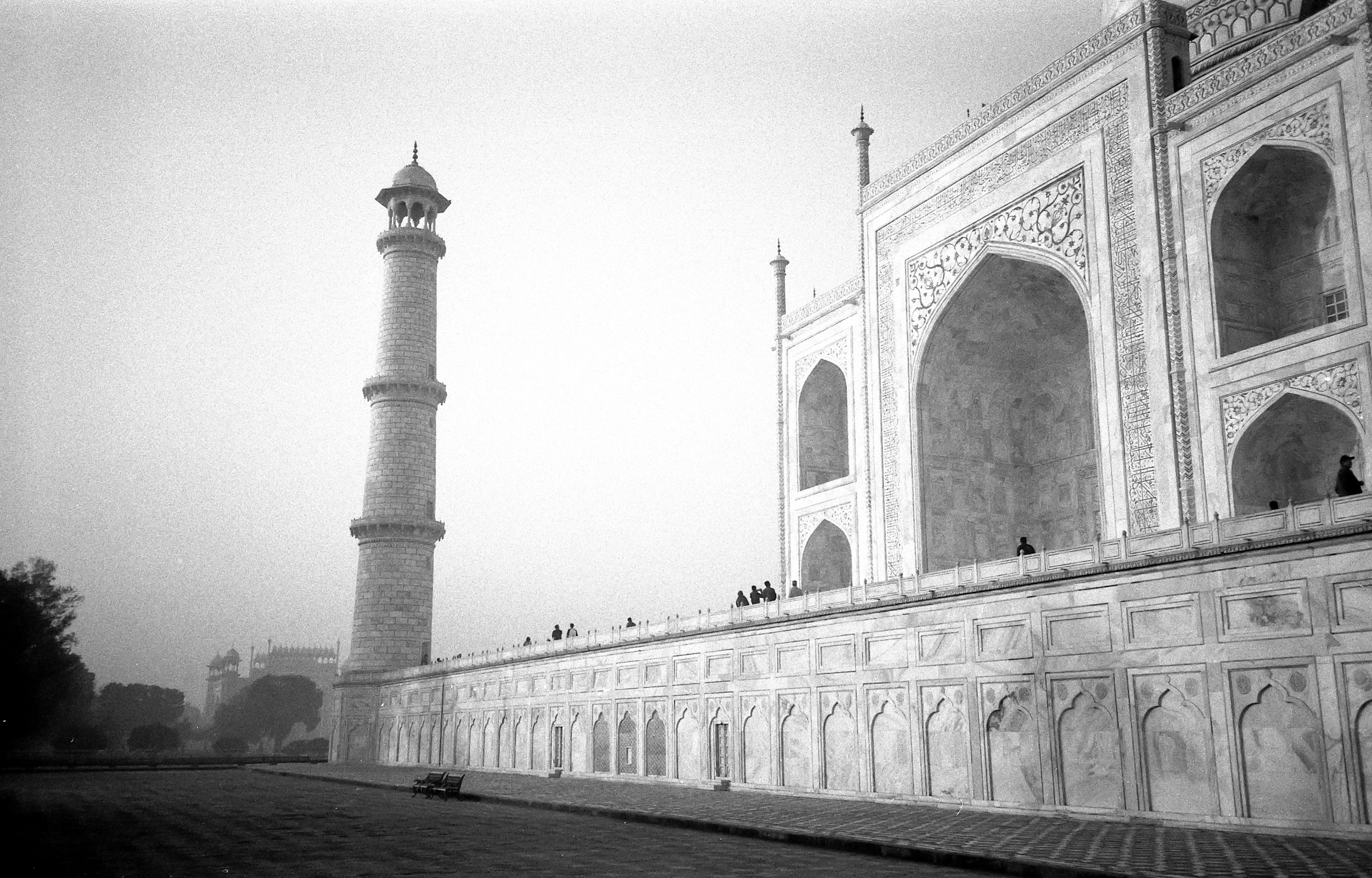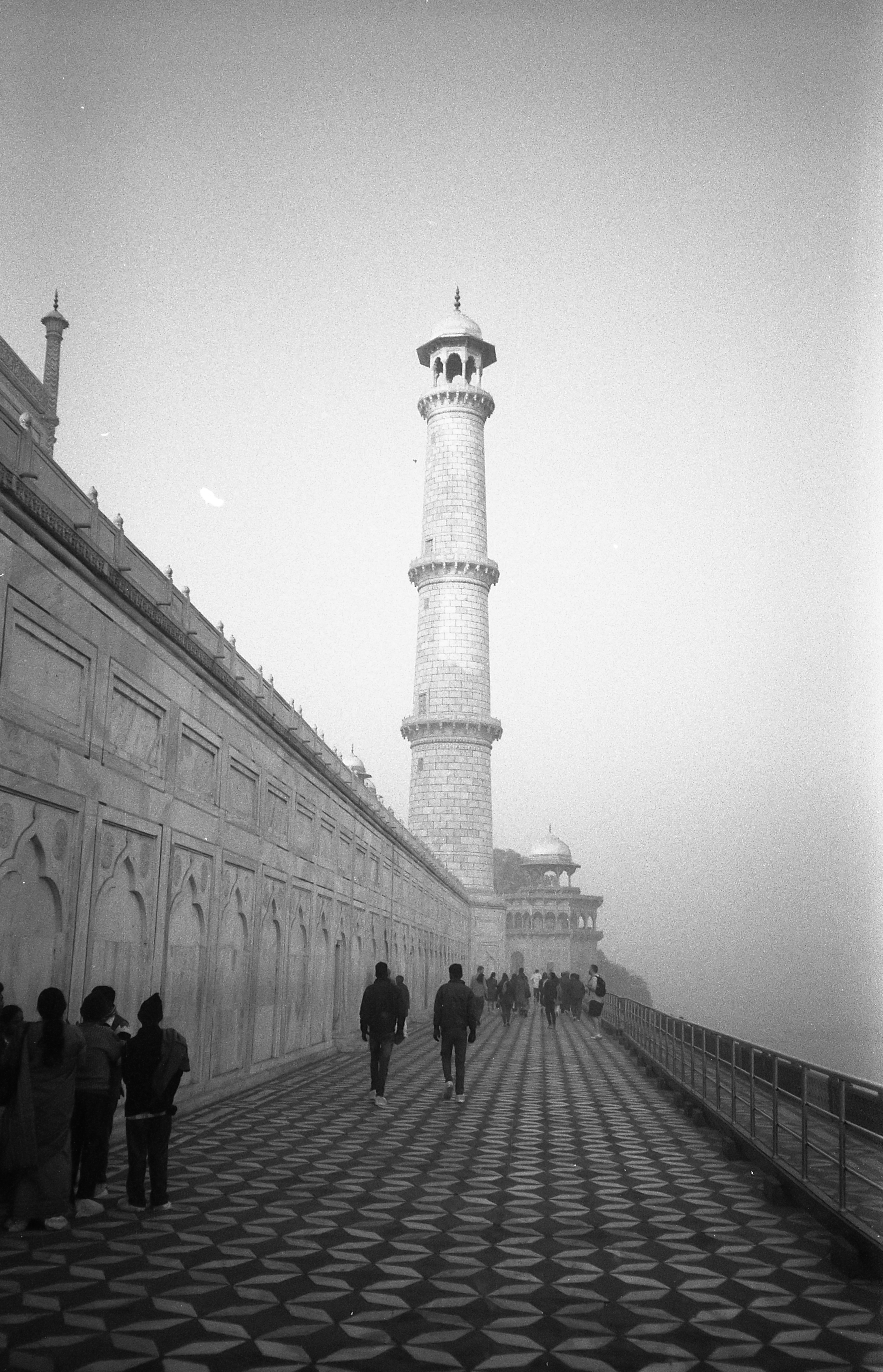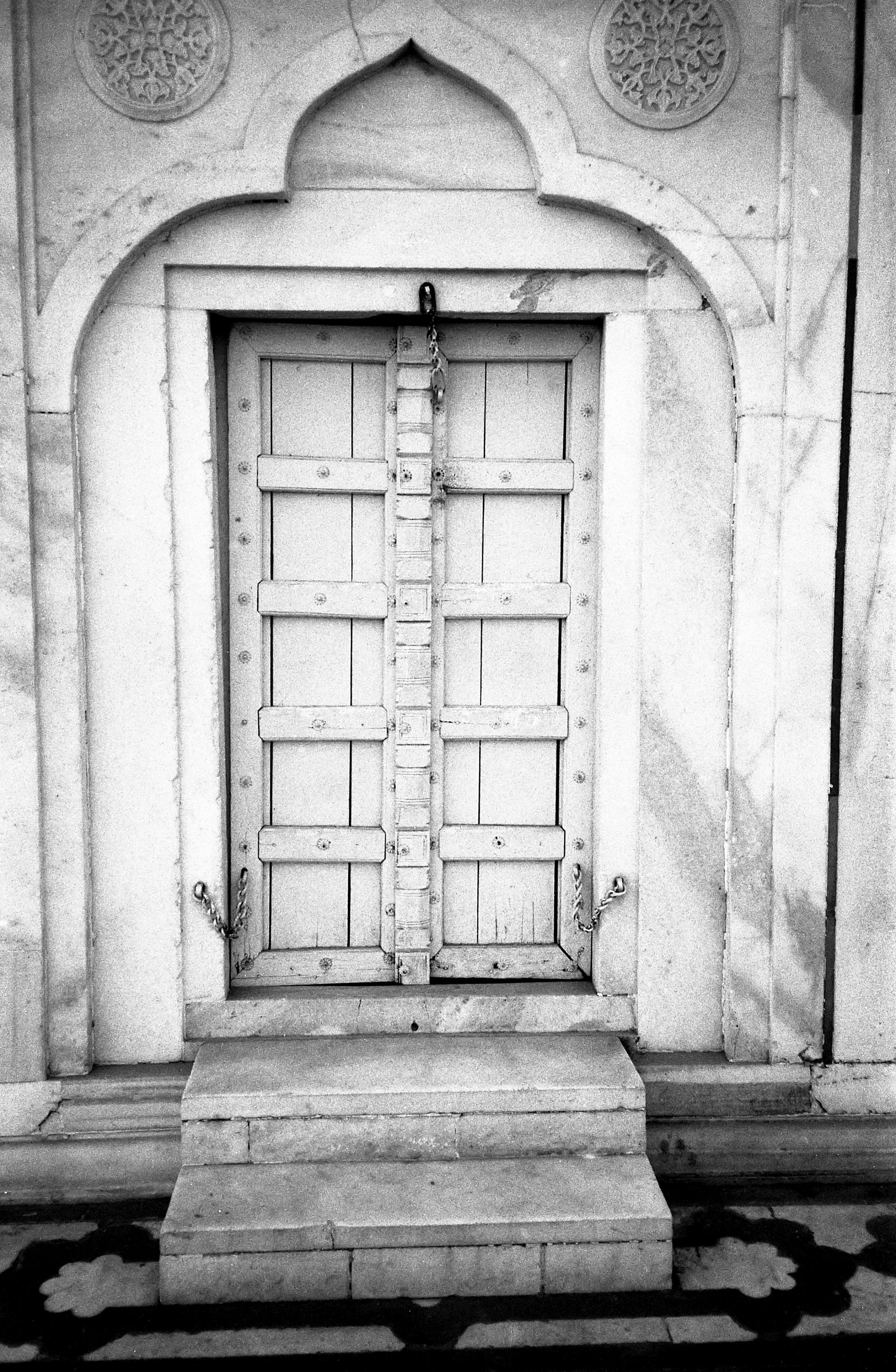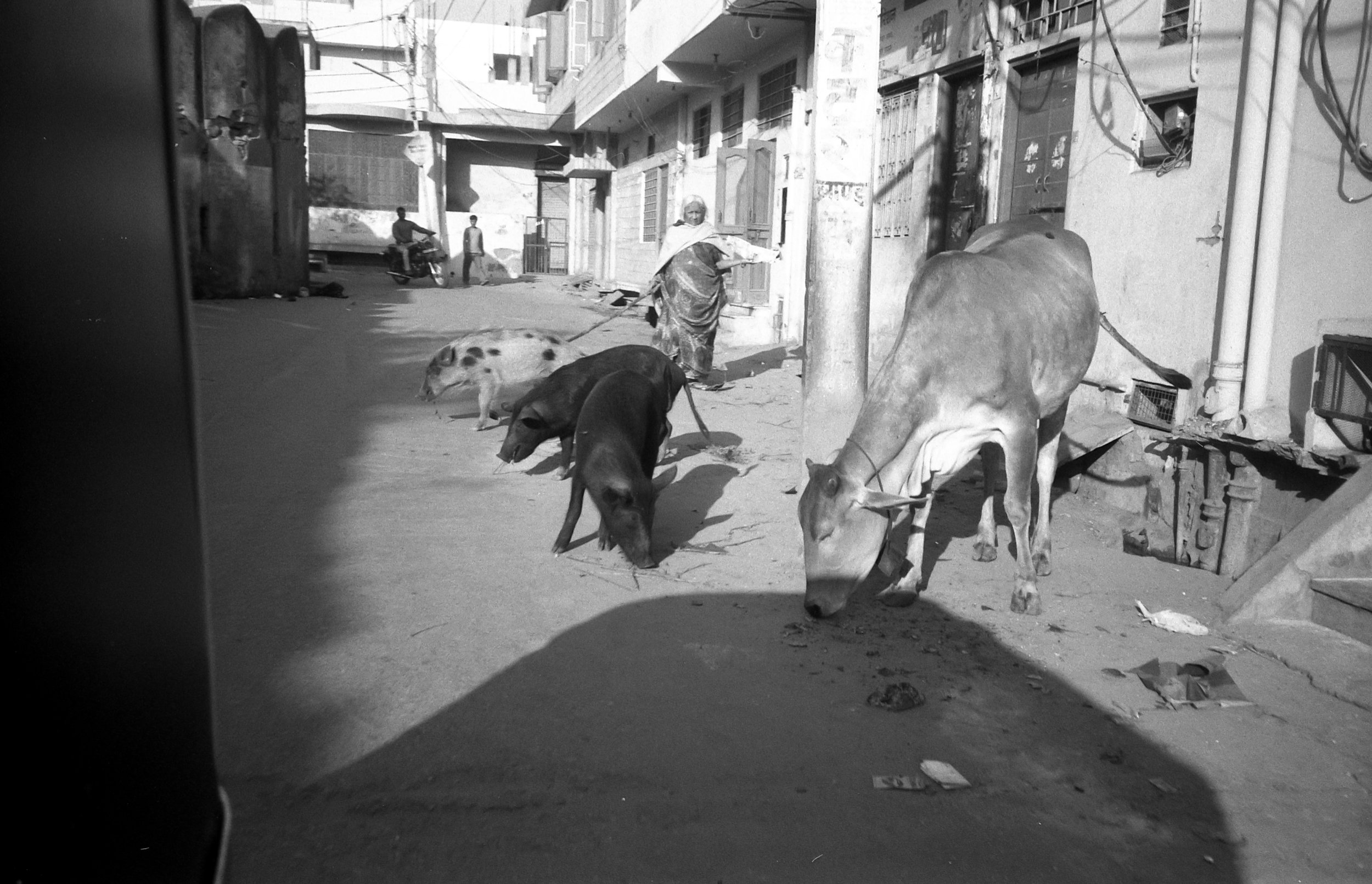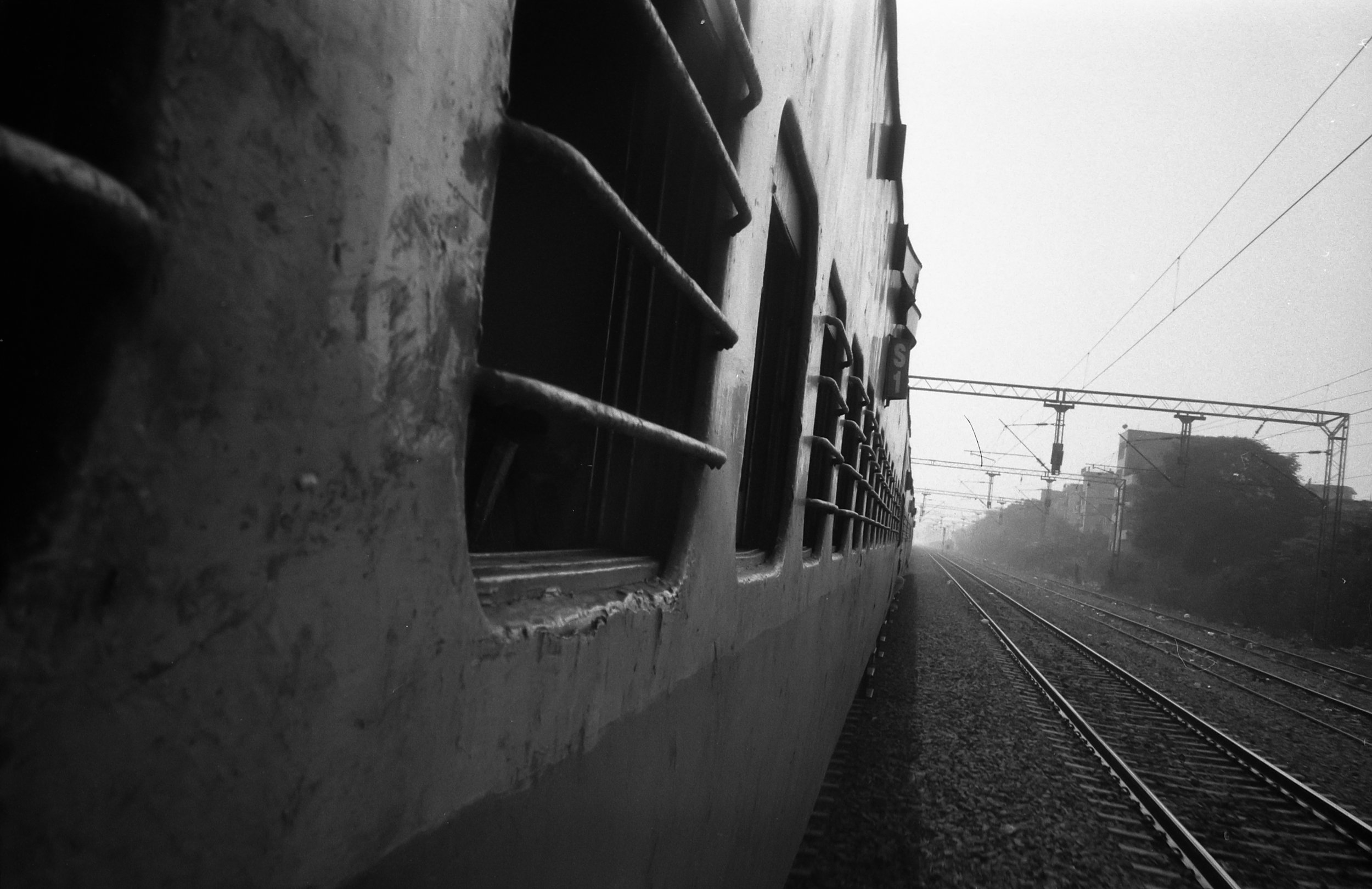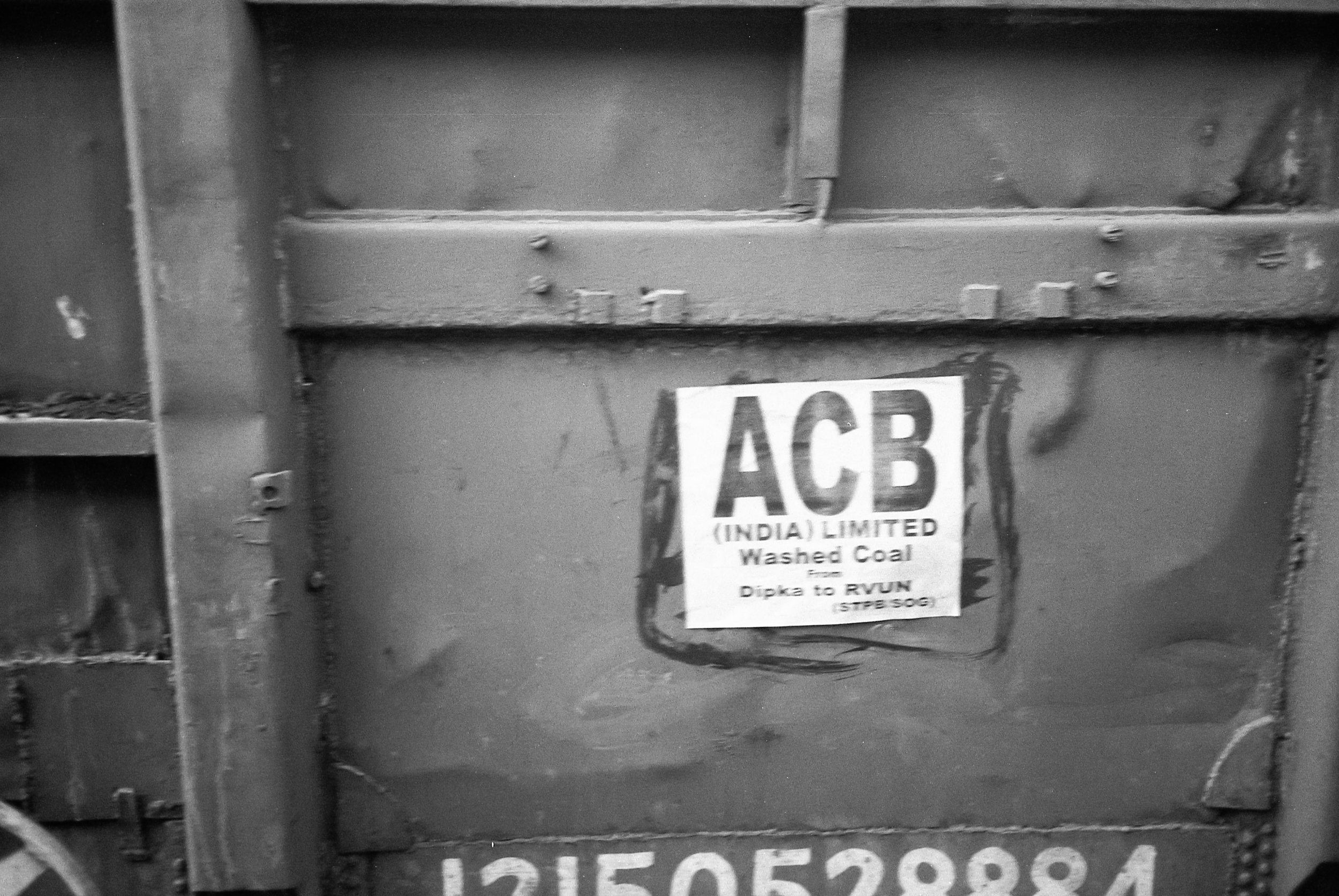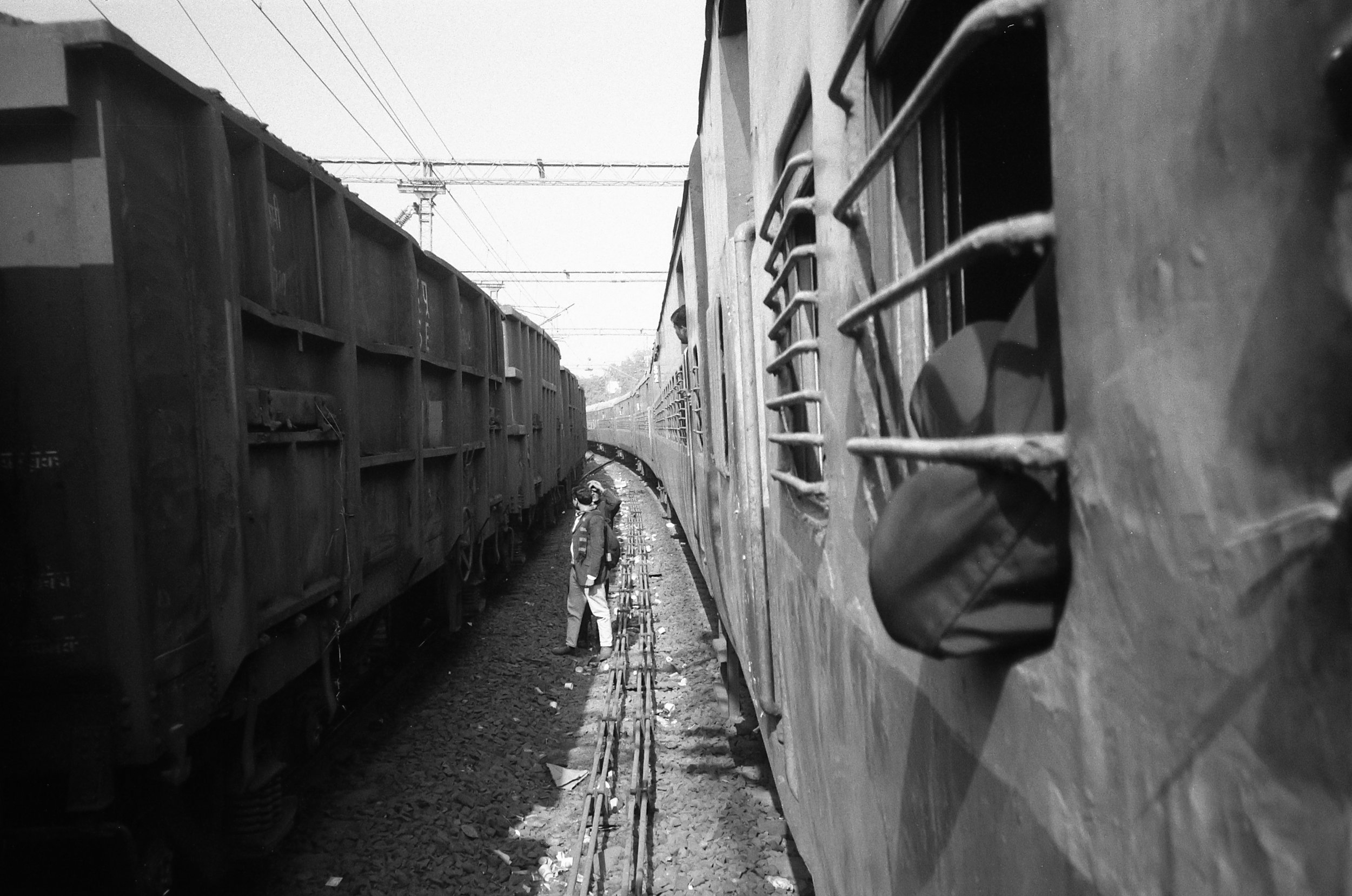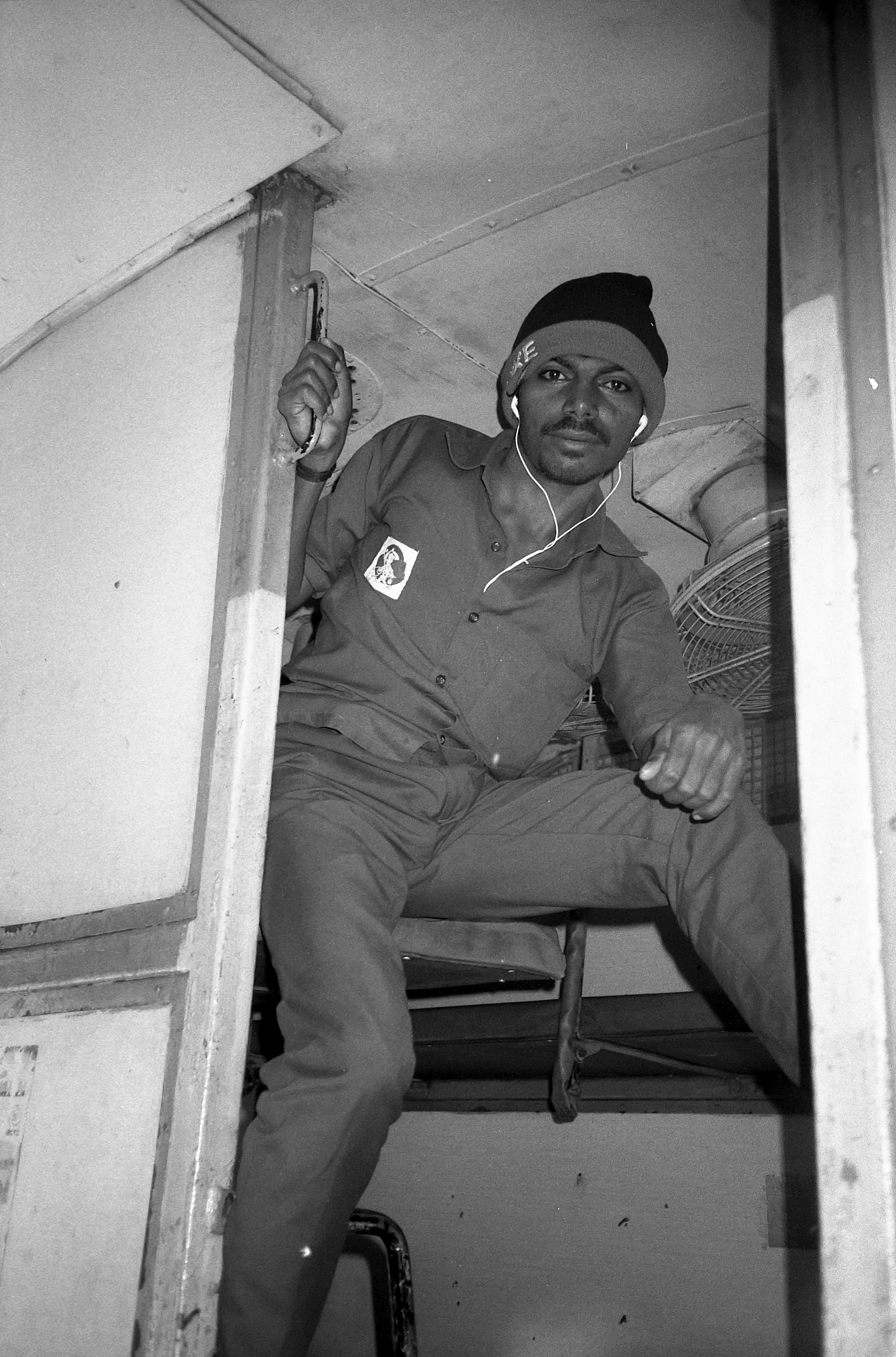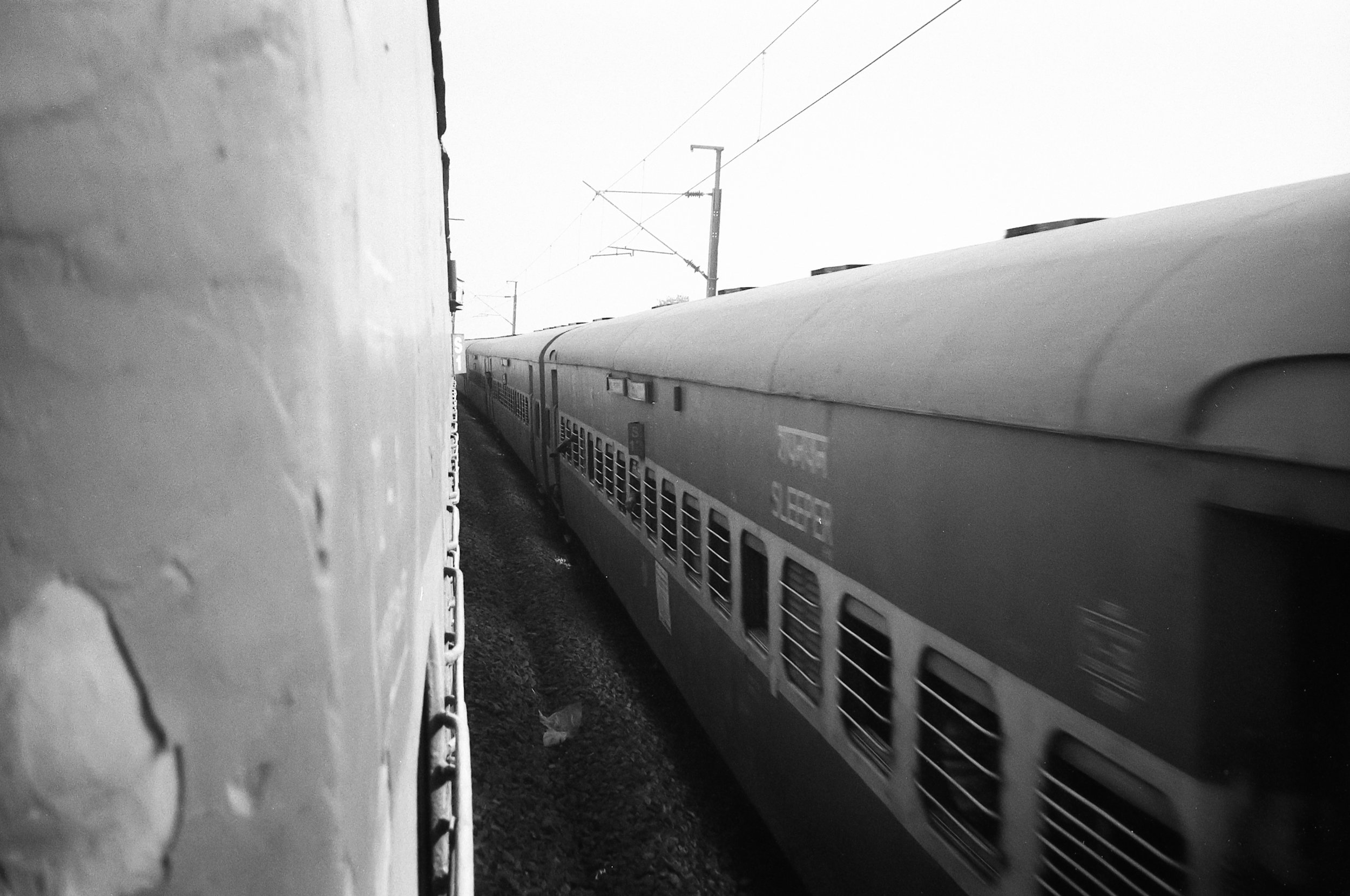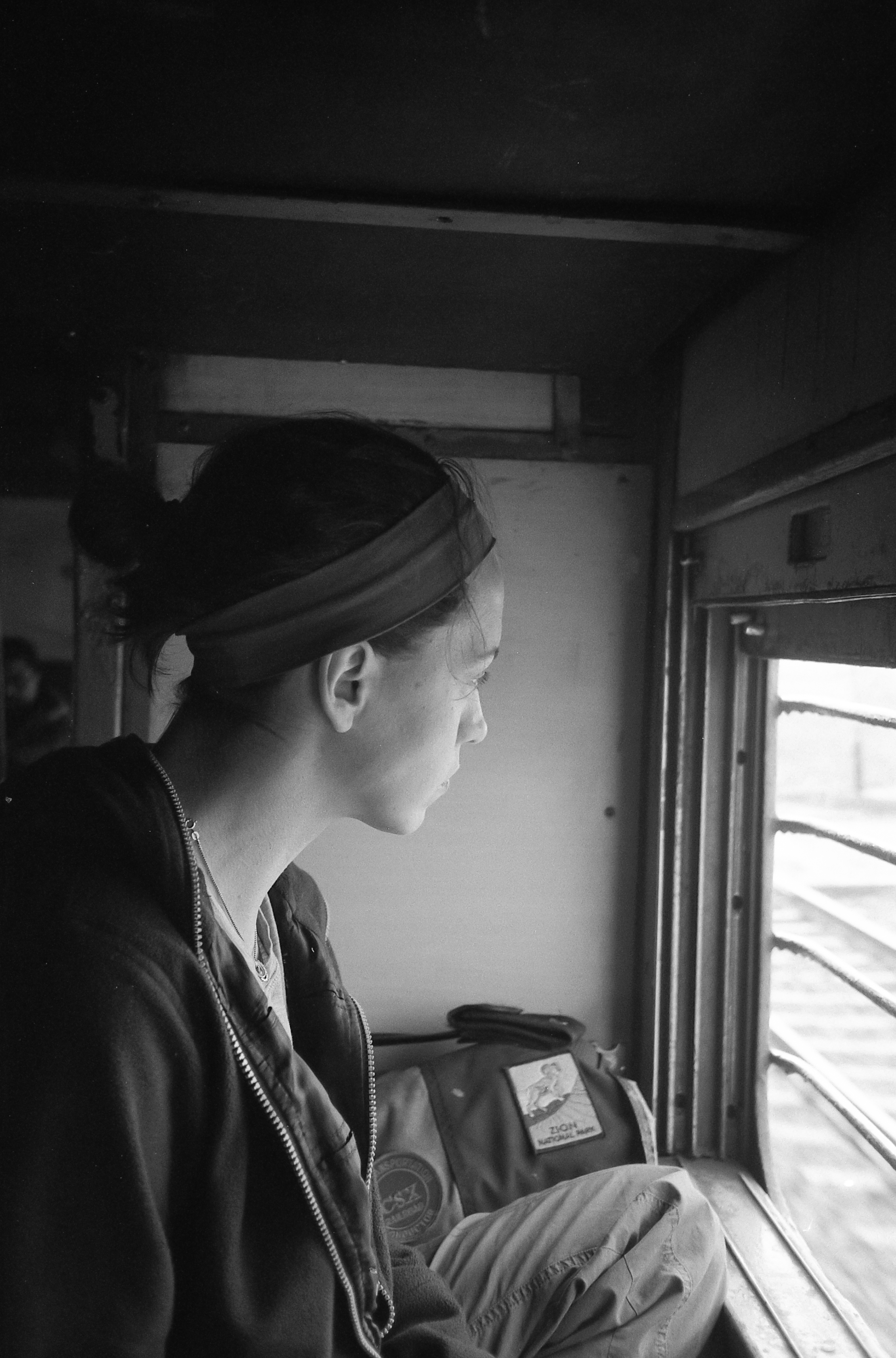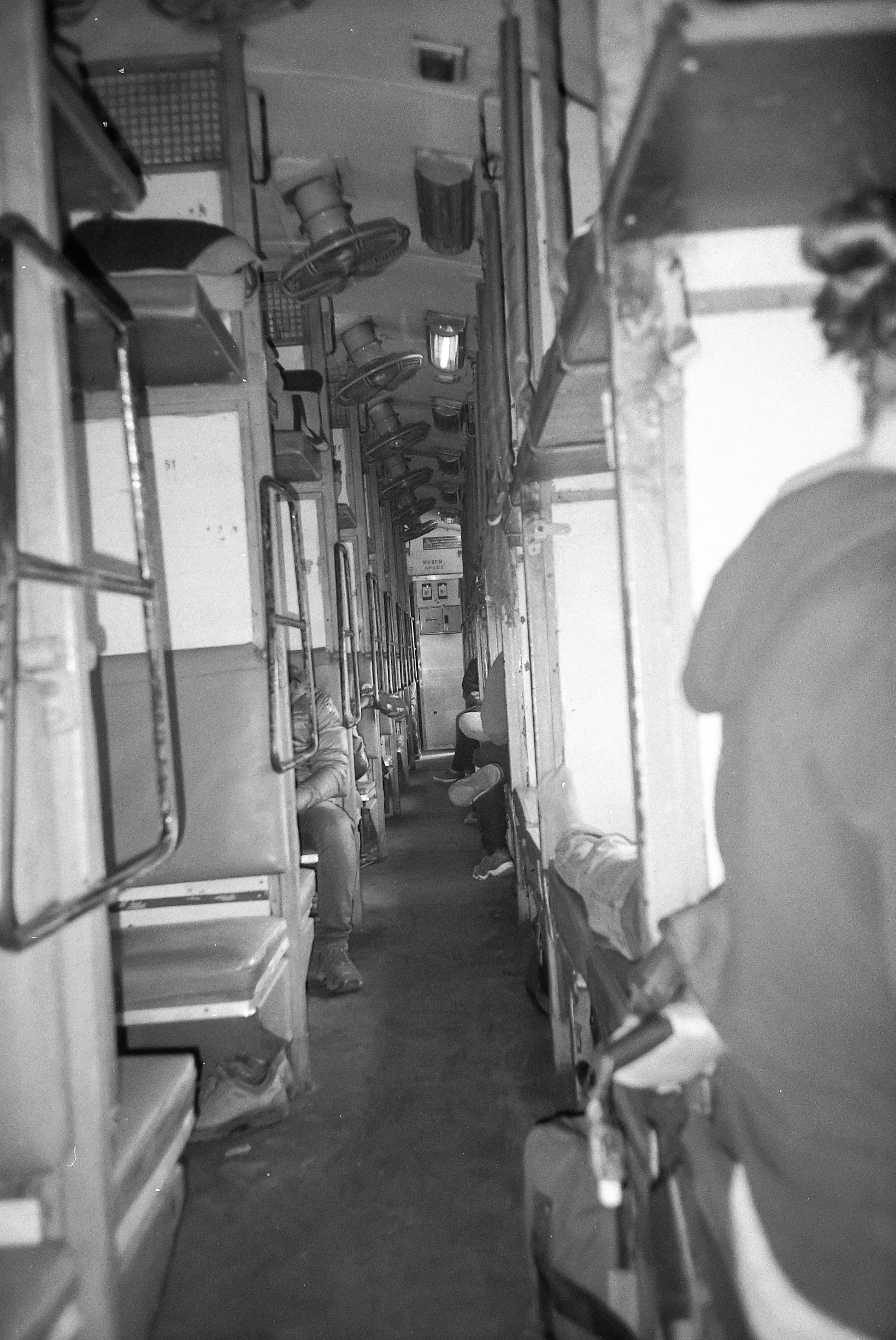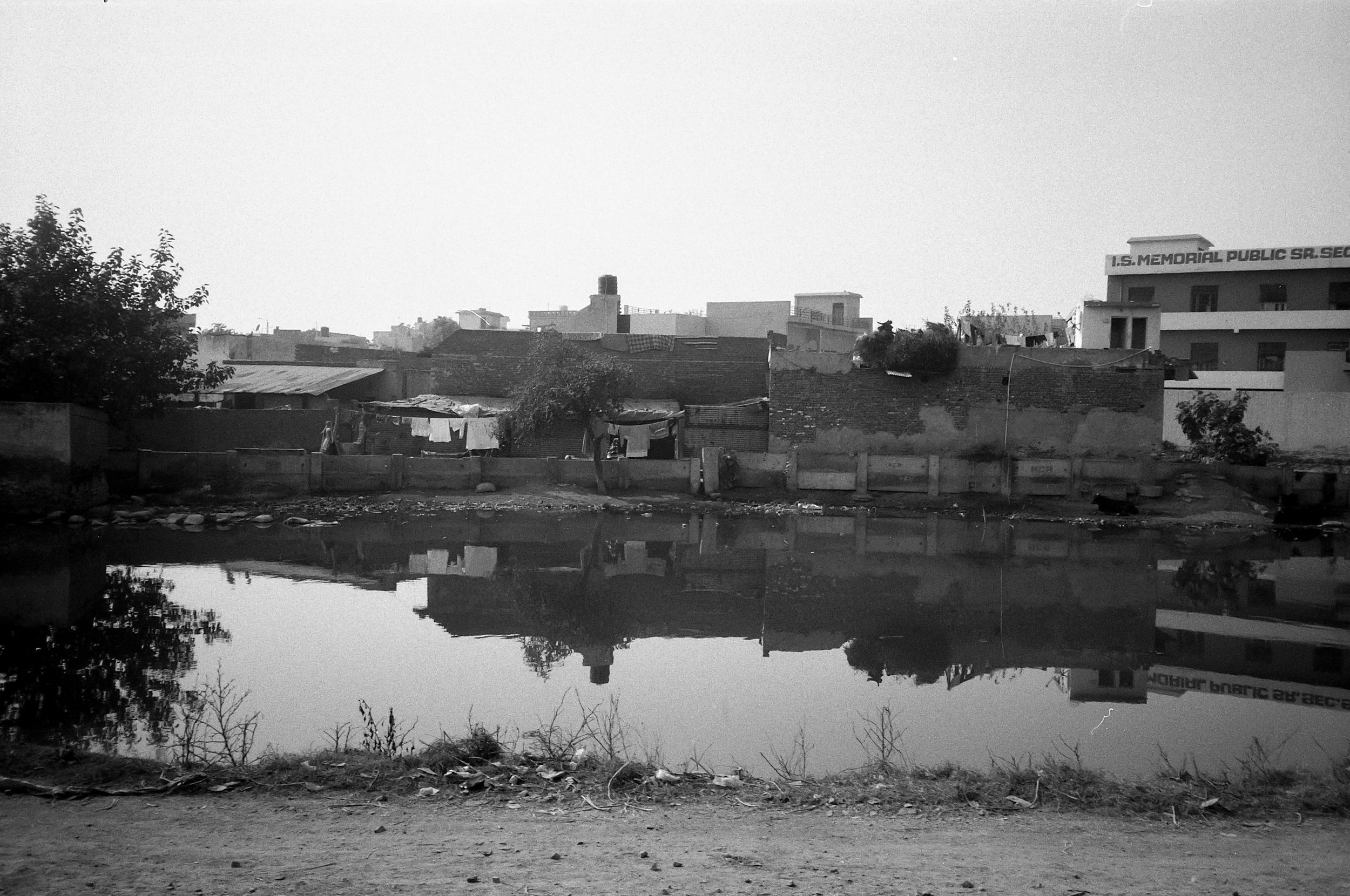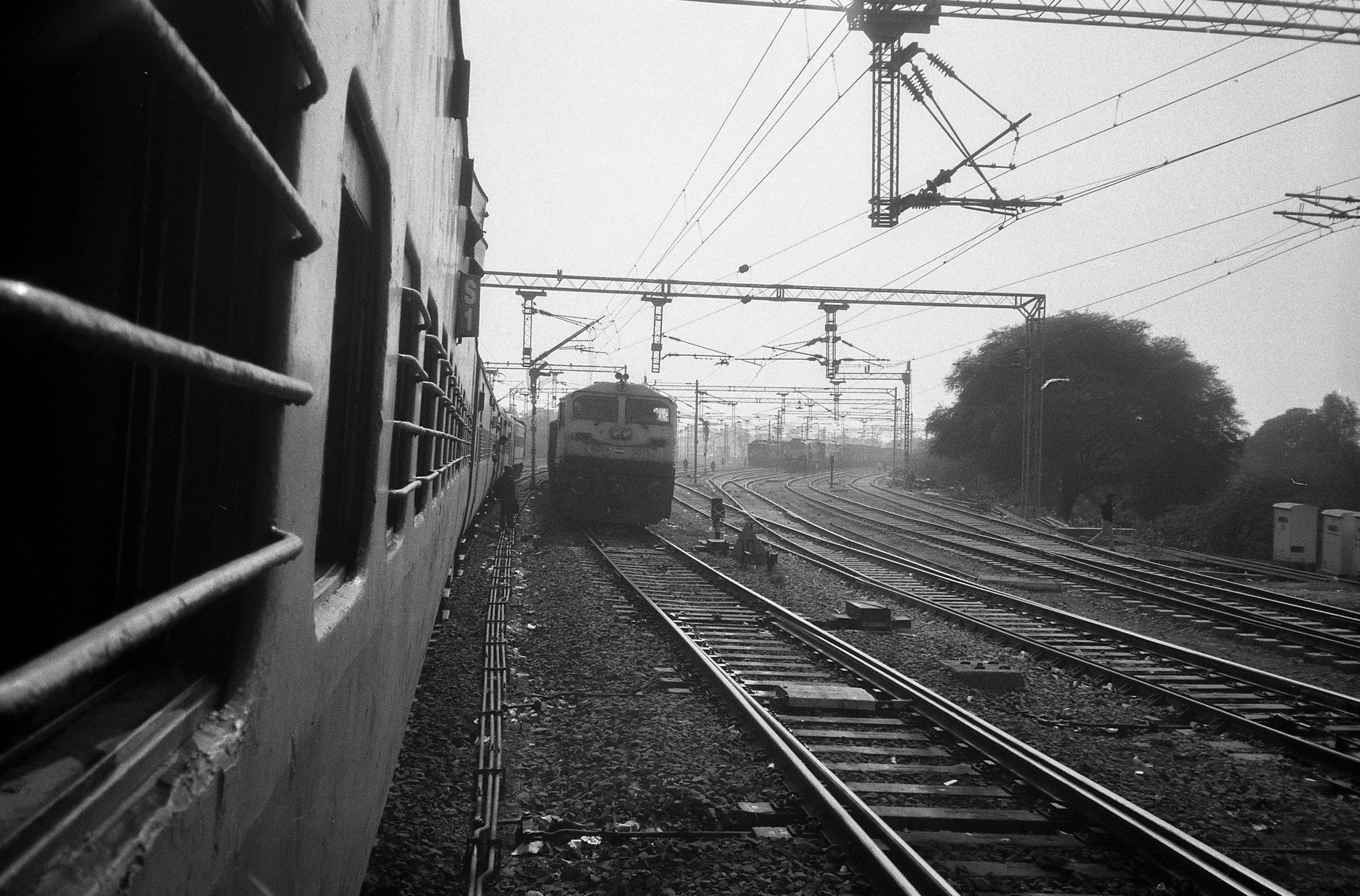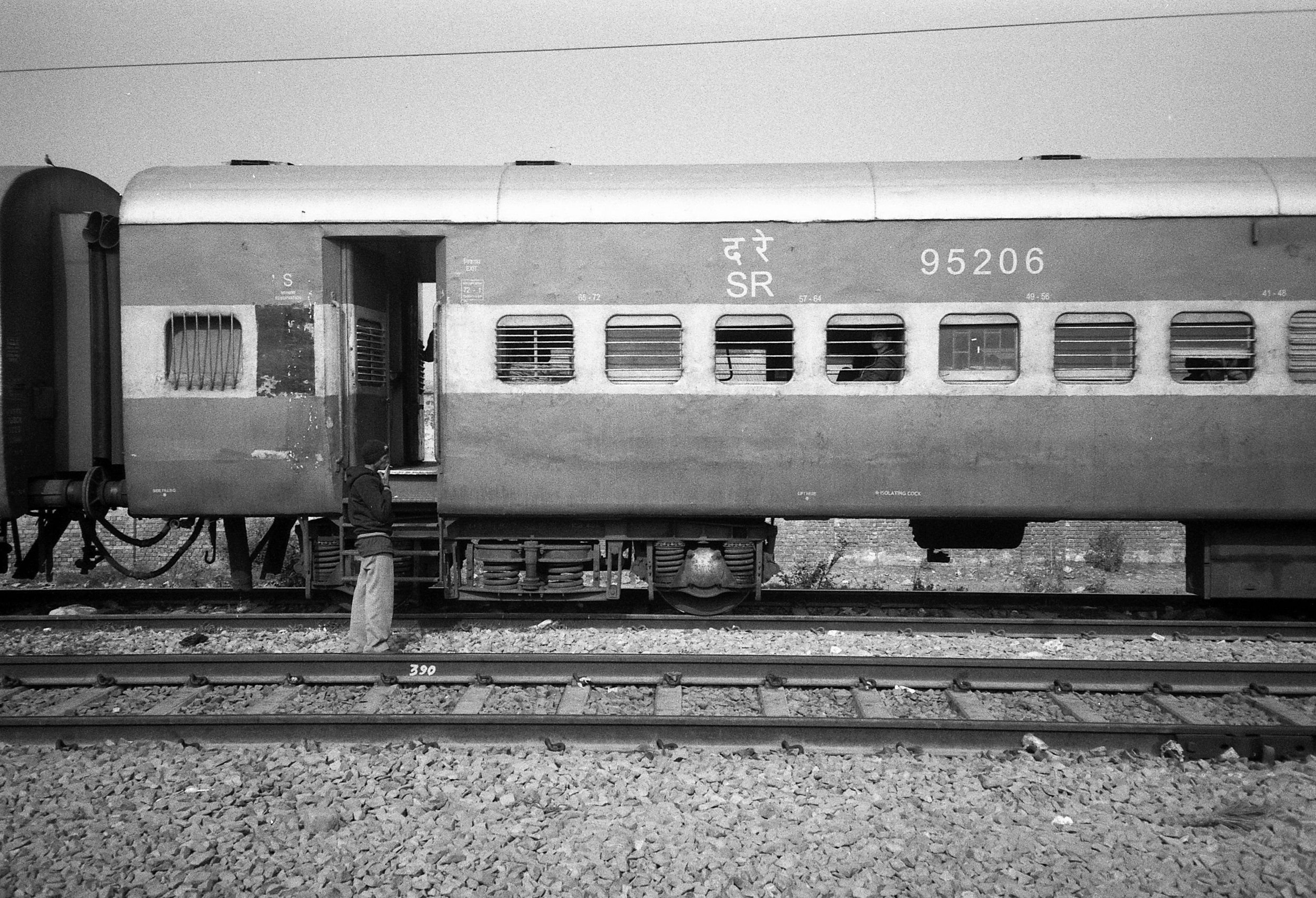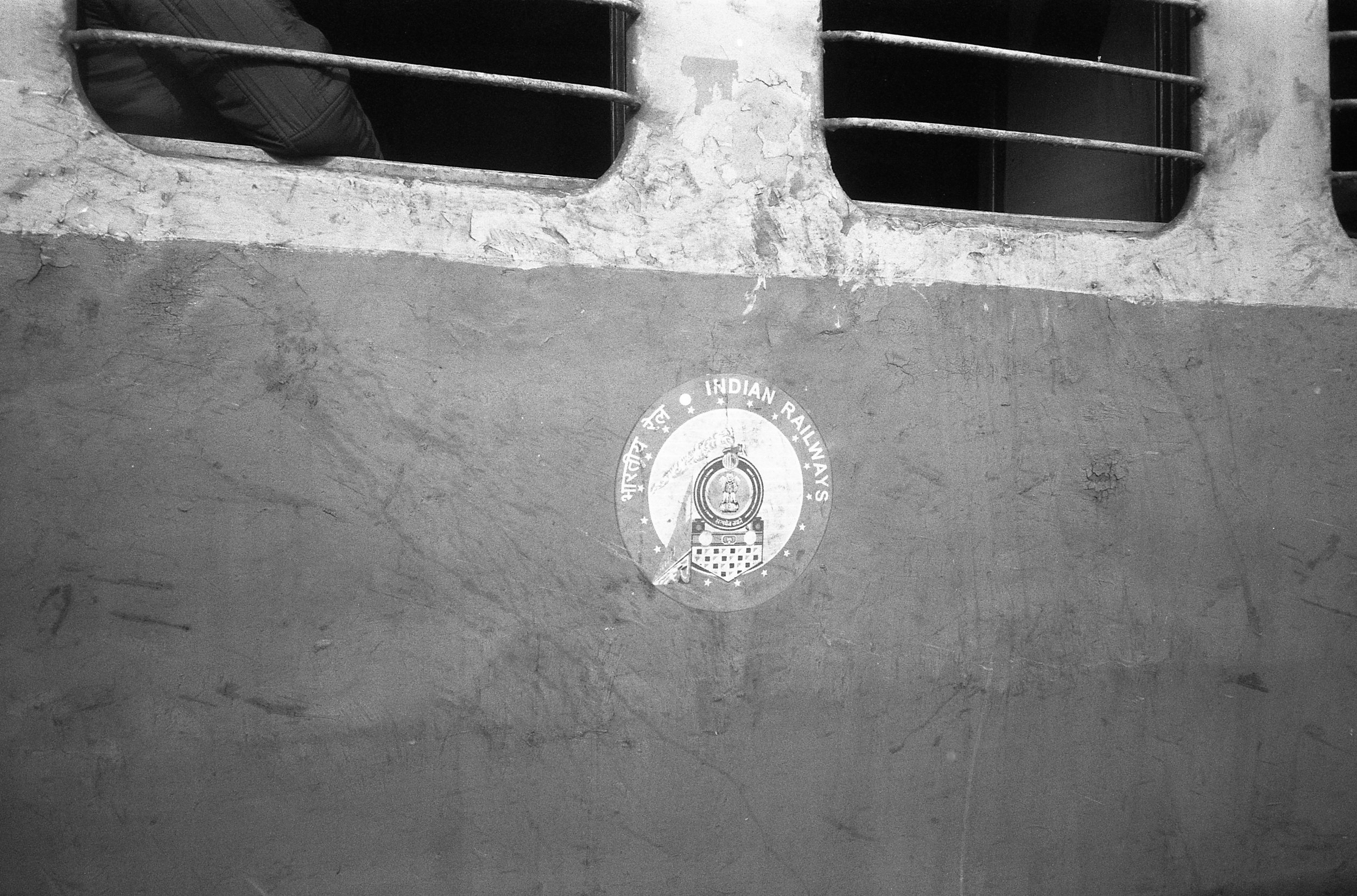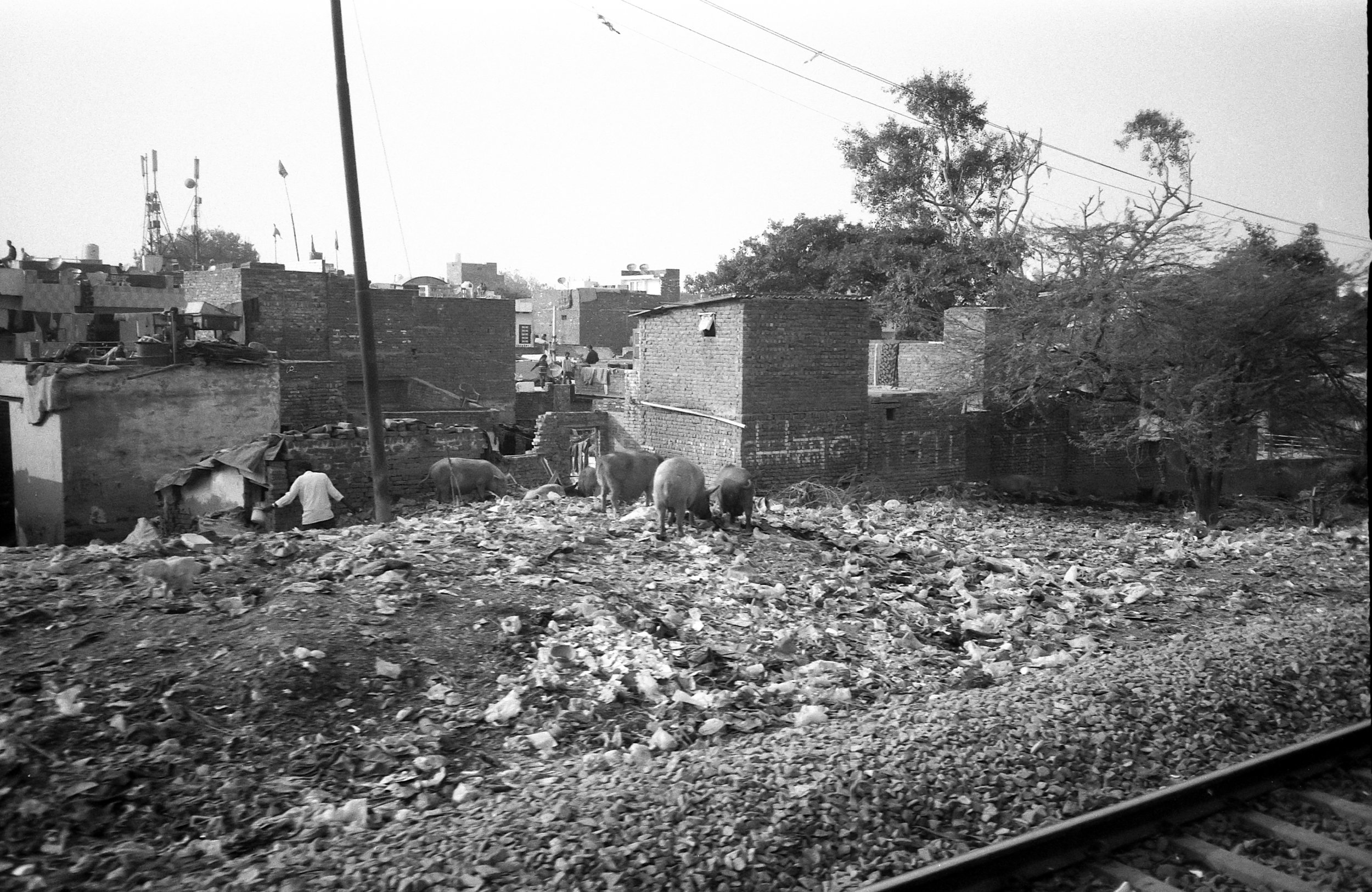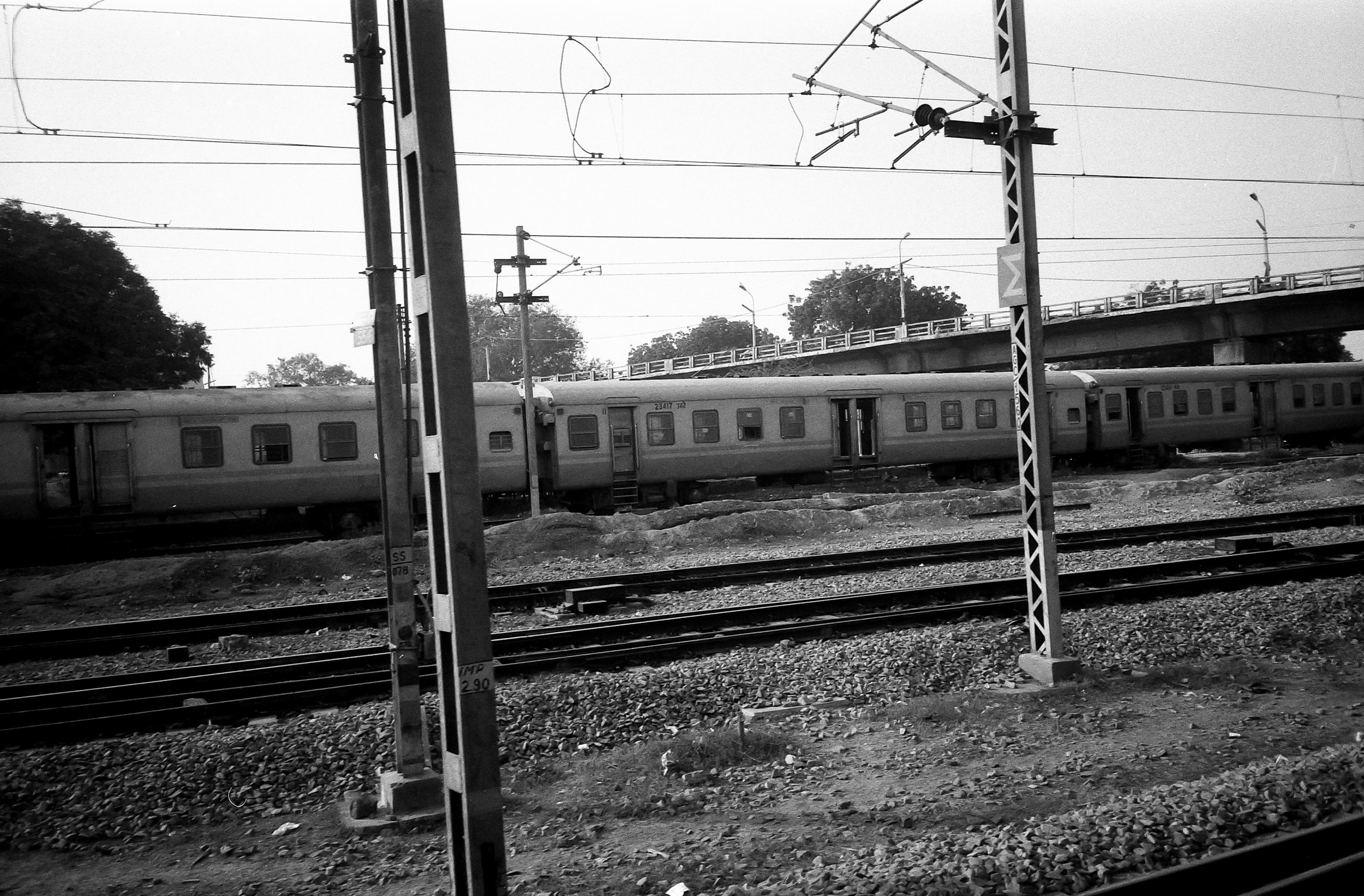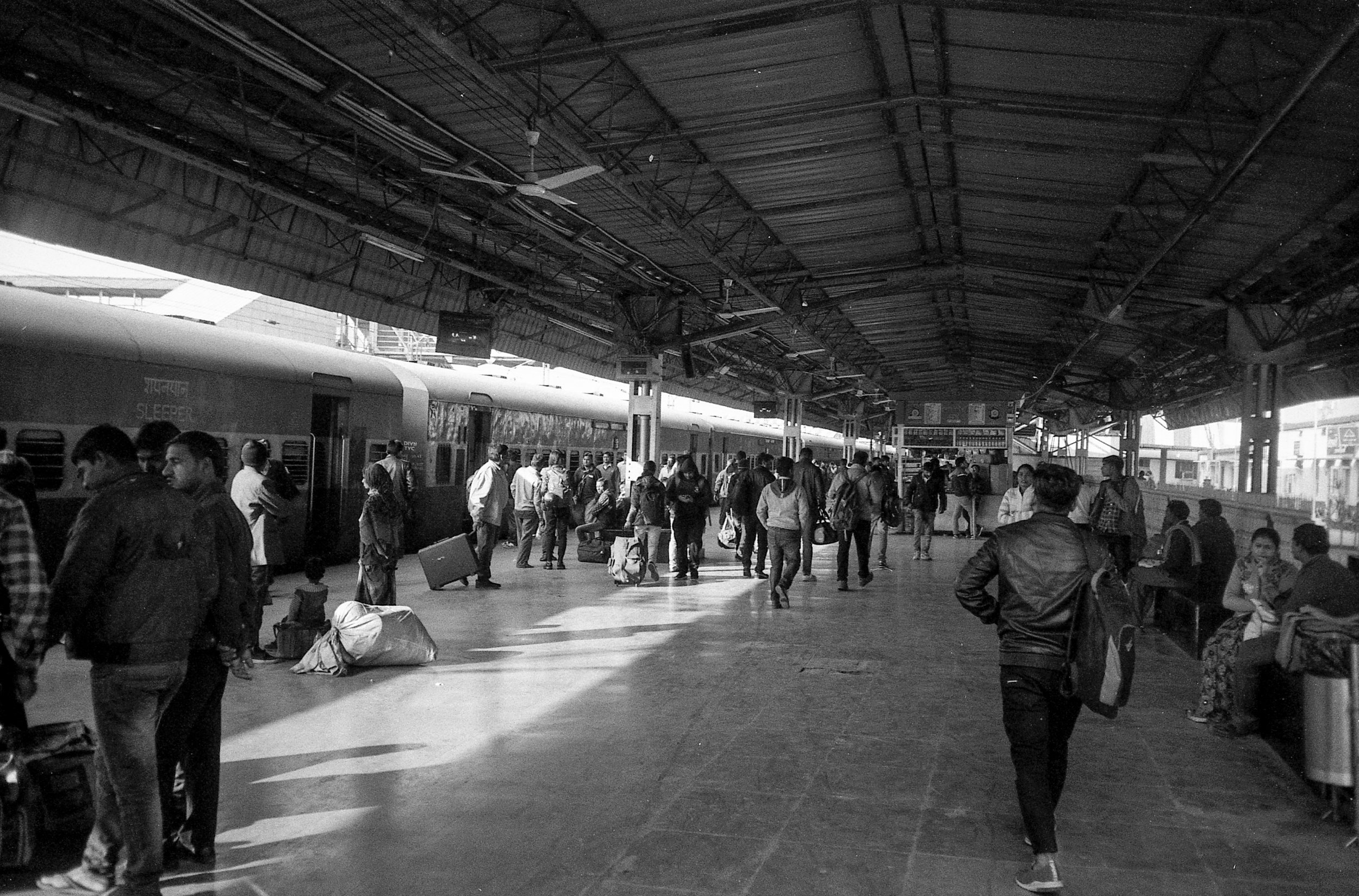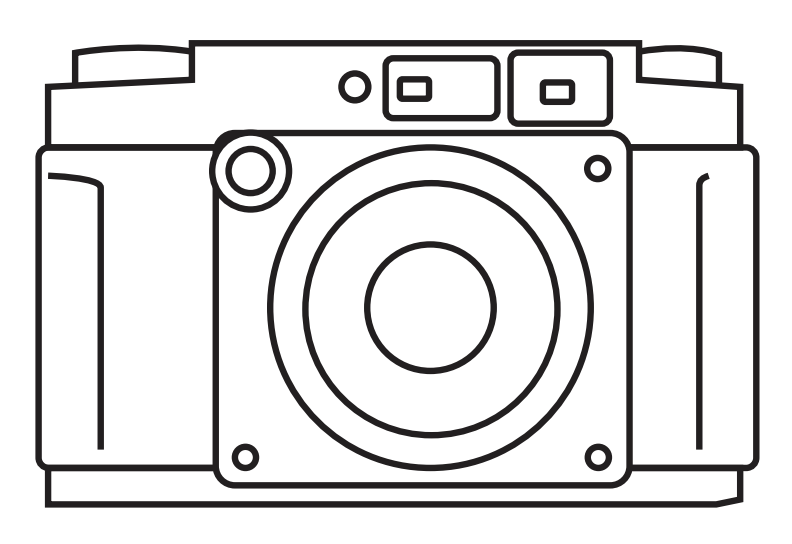Konica Big Mini 300 Review
My friend put some gaffer tape on the camera to improve the grip. It does work
I have a flirting relationship with 35mm, having gone through a number of different rangefinders, SLRs, point and shoots, even the wonderful and exotic widelux f8 and Hasselblad Xpan. I have tried and given up on 35mm once or twice a year for the last 7 years, medium format just delivers such a high-quality end result that I felt no need for 35mm. The real advantage of 35mm, though, is compactness and ease of use, plus fast lenses.
I have used quite a few point and shoots, the venerable Contax T2 most likely being the “best” in terms of build quality and features, the Olympus XA, and even the recently sought after Olympus Stylus Epic. However, none of them exactly fit my needs and sold or gave them away. I’ve taken another plunge into the foray of 35mm, this time with the Konica Big Mini. My version is the BM300, which comes with a 35mm F3.5 lens. There are other models of this camera, the “best” being the Big Mini F, which comes with a 35mm F2.8. For some reason, there is not much information about these cameras online. Hamish has a review on his site, 35mmc, otherwise the internet is quite dry on these cameras.
The Front
The camera is compact and really has no design features to speak of, being the shape of a thick phone. Rounded edges and recessed lens that comes out when you power the camera on, the only bump is on the right side where the battery goes. On the back, you have 3 buttons: mode/EV, timer and focus, and a film rewind button. These buttons on the back could be larger, as they are not easy to press. The top has a power button as well as the shutter button. That is the extent of this camera’s features.
Powering the camera on extends the lens, which is uncovered and unprotected when powered off, a flaw in the camera. A friend kept his camera in a pocket, accidentally hitting the power button, ejecting the lens and ruining the camera as it jammed.
The mode/EV button on the back is where all the features are hidden. Auto flash is the default setting on the camera, but pressing the mode/EV button toggles red-eye reduction, flash on, flash off, and -1.5 or +1.5 exposure compensation. You can toggle these features with the camera on or off, however, turning the camera off resets the camera to default. A common complaint is that the camera does not retain settings when powered off, which is annoying. You can, however, set the camera before turning it on.
The timer/focus button toggles between a time, infinity focus, or timer and infinity focus. This can also be set with the camera on or off, but defaults back to timer off and close focus.
Unfortunately, I cannot find any other information about this camera. I am not sure what the shutter speeds vary between, the metering pattern, what apertures the camera has or how it chooses them, and frankly, I don’t care. The real joy of this camera is its simplicity in both design and features. While I had and enjoyed using the Contax T2, a real tank of a point and shoot, it has a raft of features, -2 to +2 exposure compensation, auto mode, aperture priority, features that I rarely used in a point and shoot. Personally, I don’t want that many features, that is why I have my Nikon F3.
The Back
I’ve used this camera extensively on my trip to India and it has been great. It has a sharp lens and accurate meter. I shot a few rolls of slide through it, and the one I did not mess up in development seems spot on. It turns on quickly and takes its shot immediately. I have not found much or any lag from pressing the shutter to the image being taken. At times, the shutter button does not press, but that seems to likely just be a feature of extensive use throughout the years.
One flaw I have read about with this camera is the back door/LCD and ribbon cable. When you open the back, there is a ribbon cable that connects the camera’s LCD to the front. This is a weak point in the camera and if it breaks, the camera is useless.
I plan on hanging on to this camera, possibly upgrading to the Big Mini F, if I feel the need. Even after looking at and using much higher featured cameras, this one has exactly what I need with no extra fluff.
All of the images below were shot with Kentmere 400 and developed with HC110 with Dilution B
